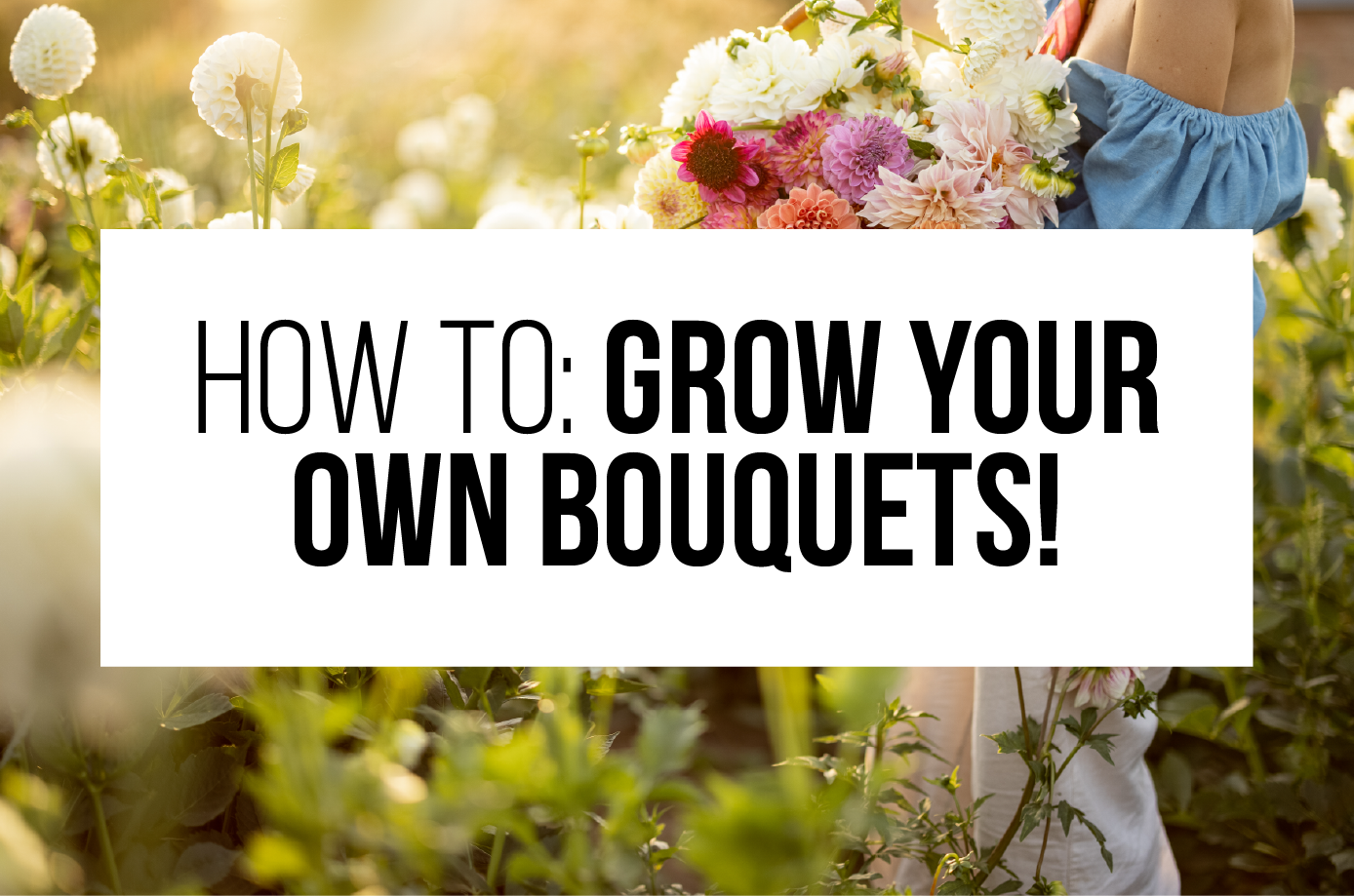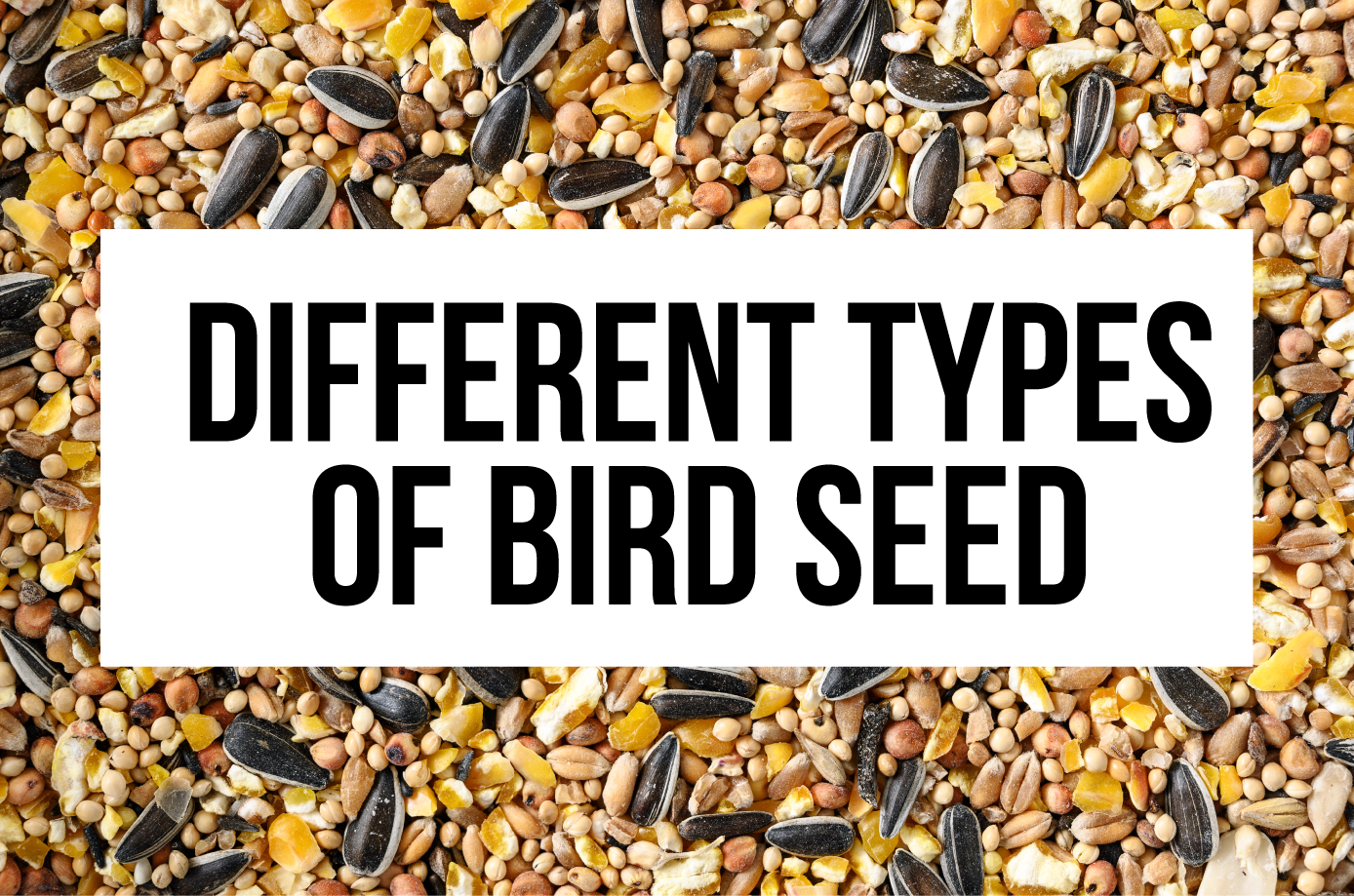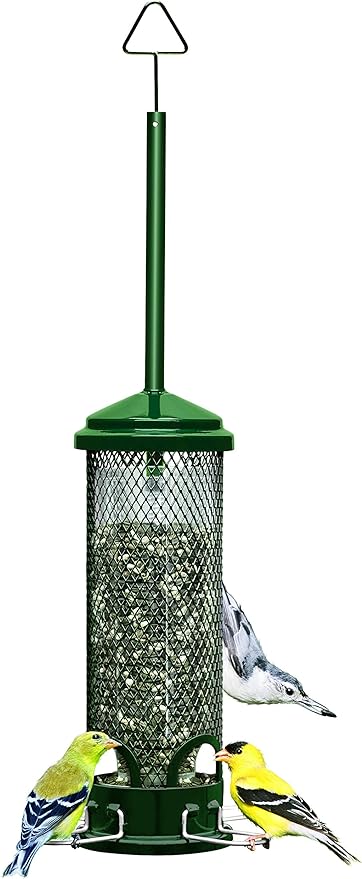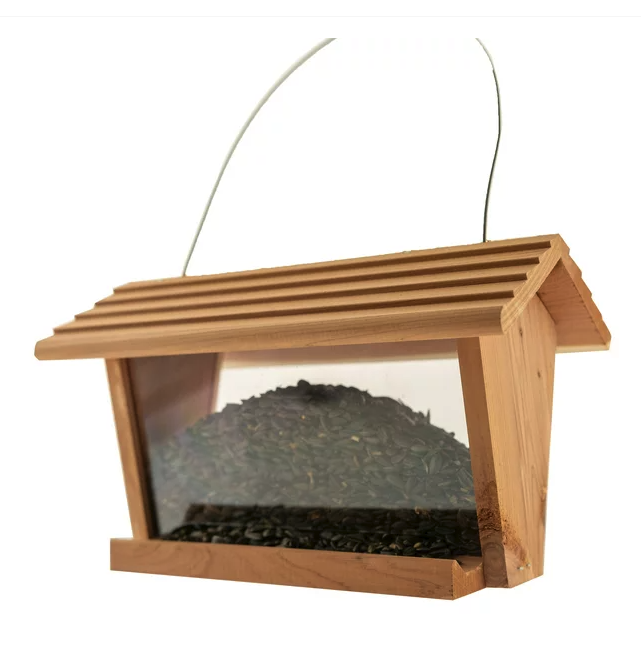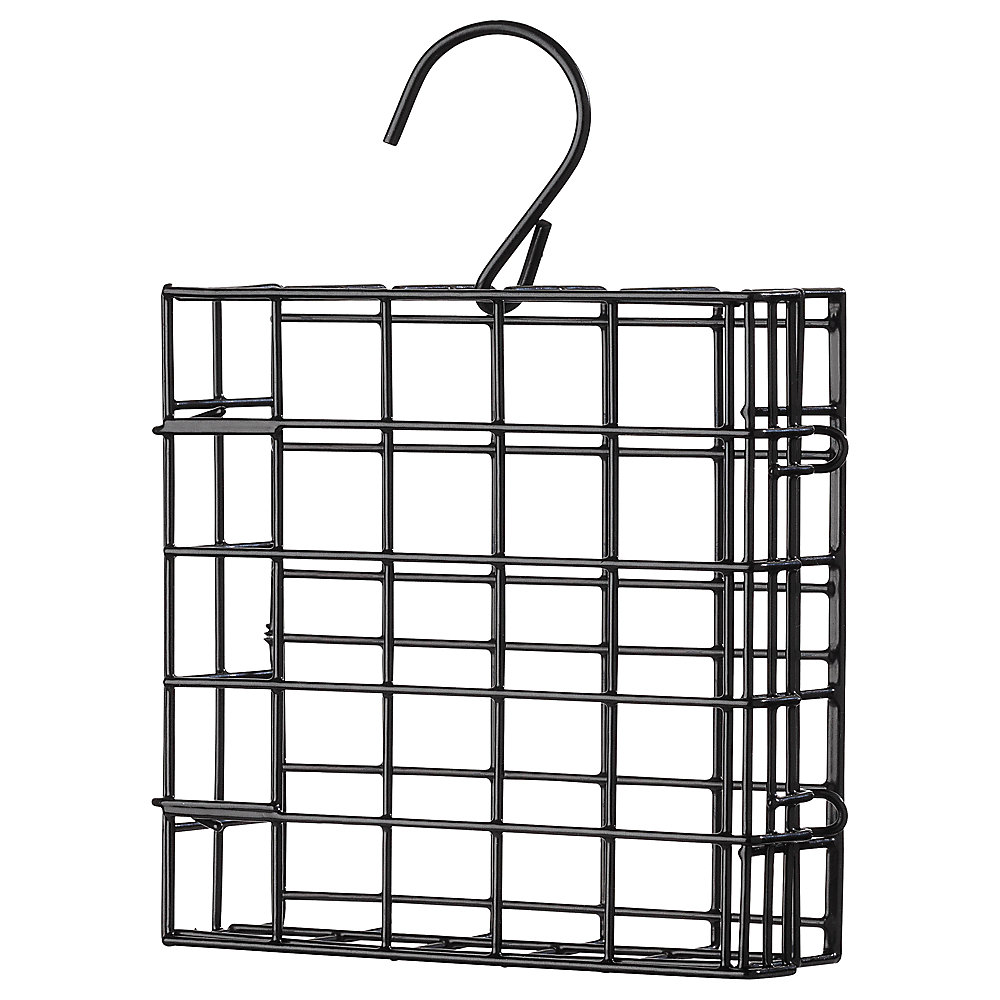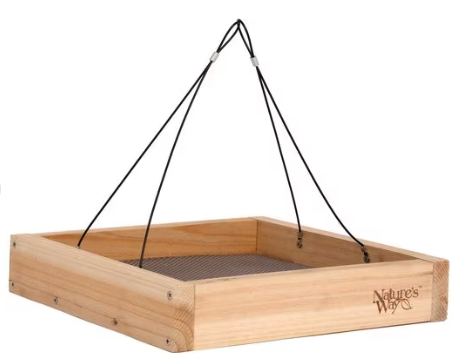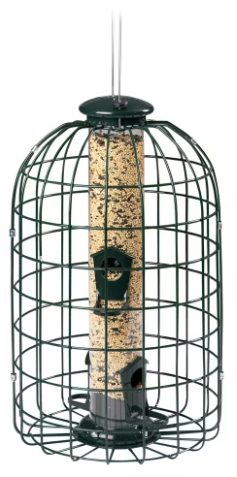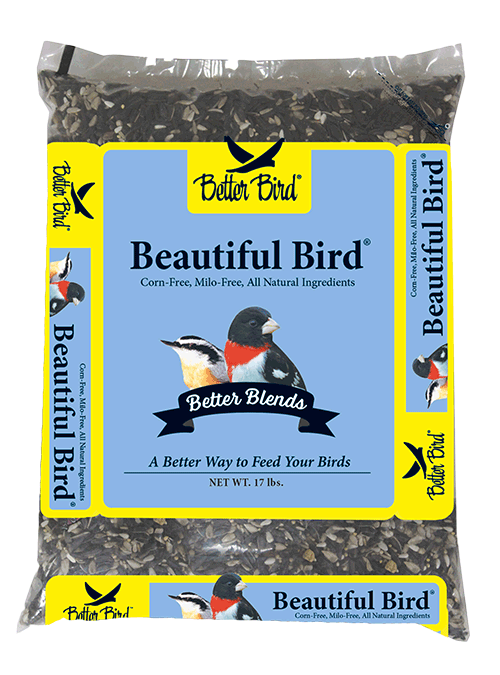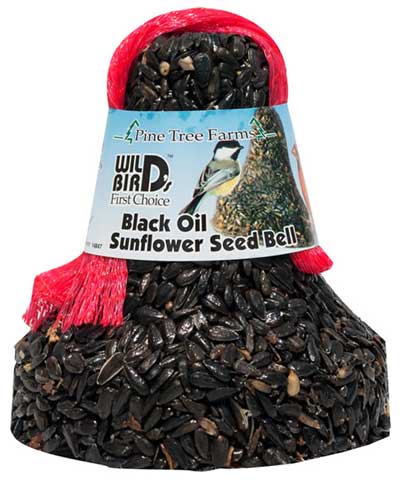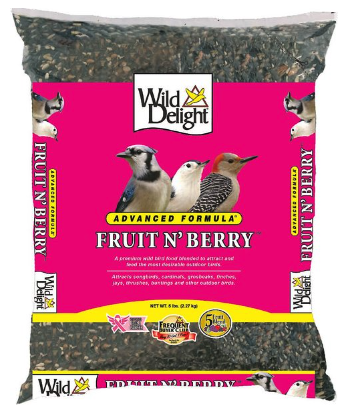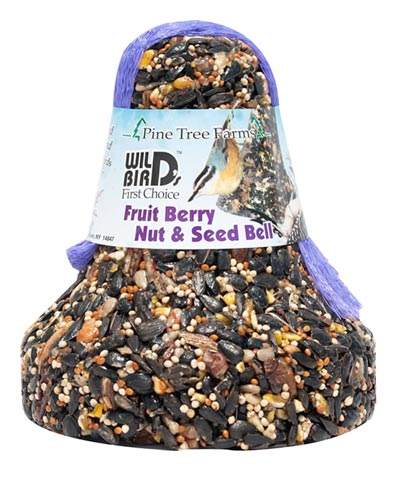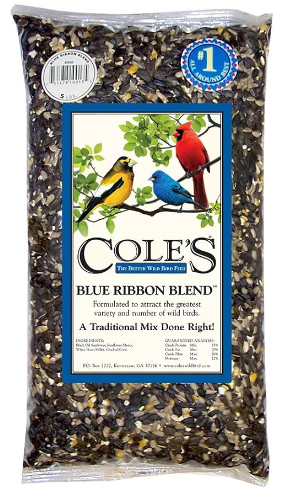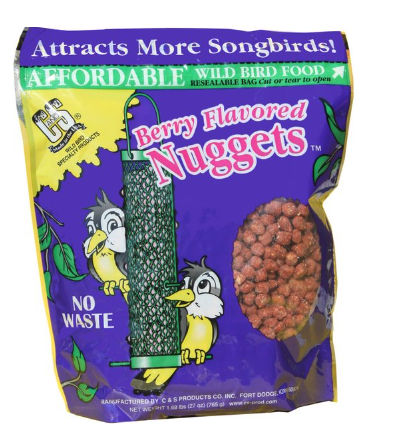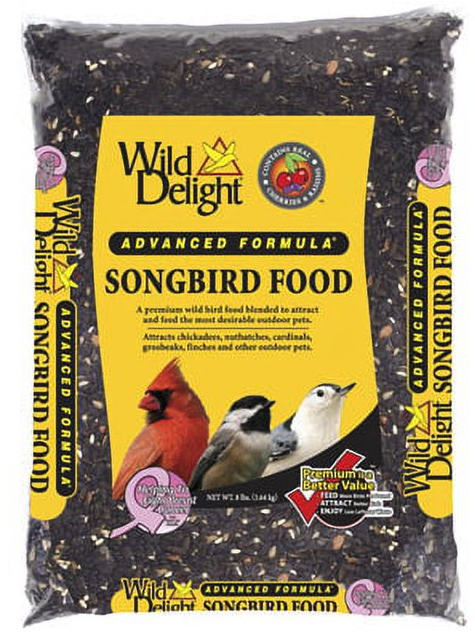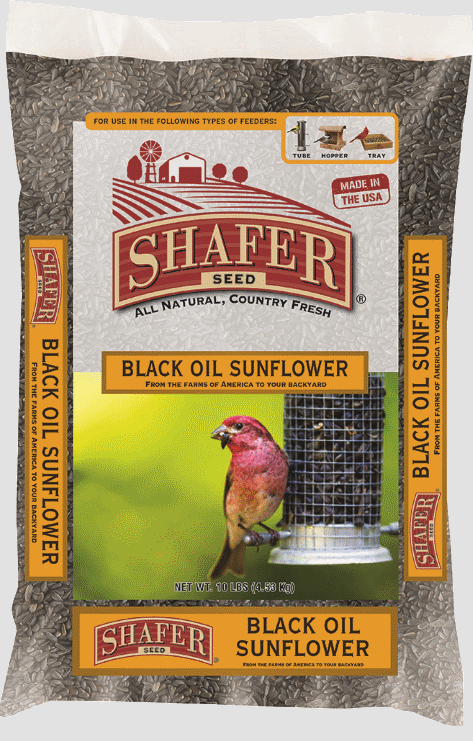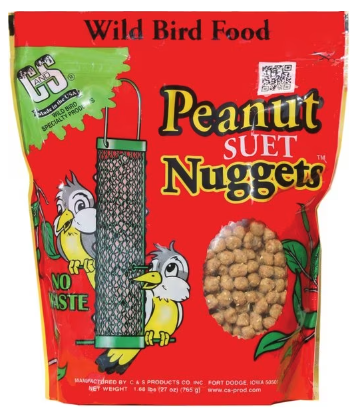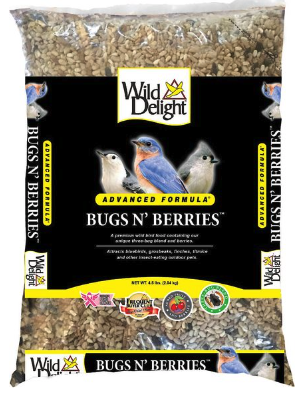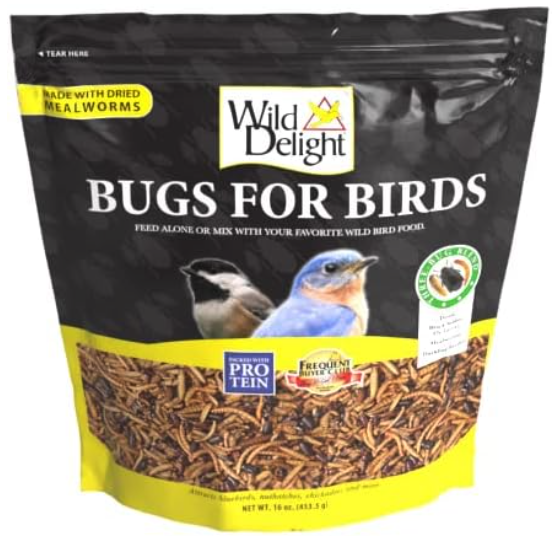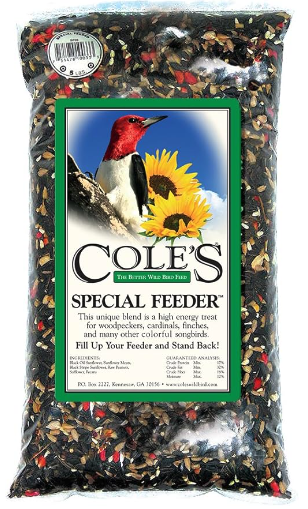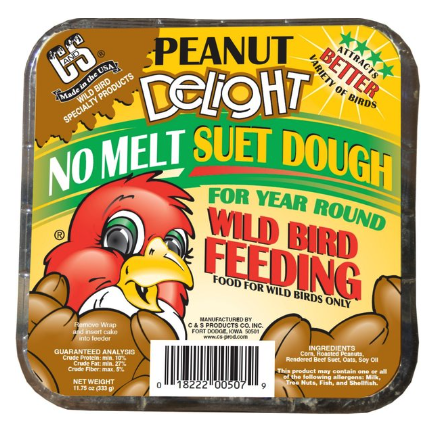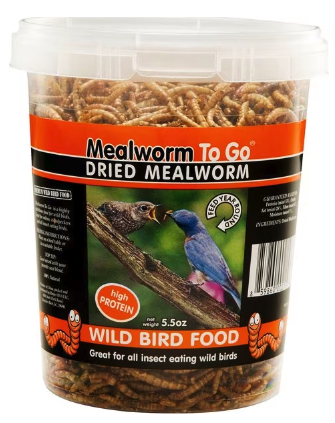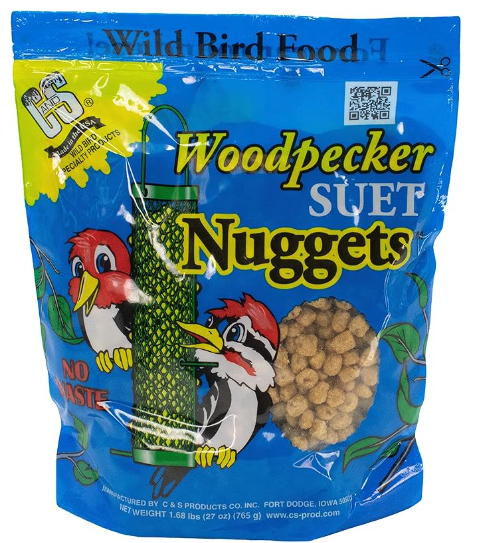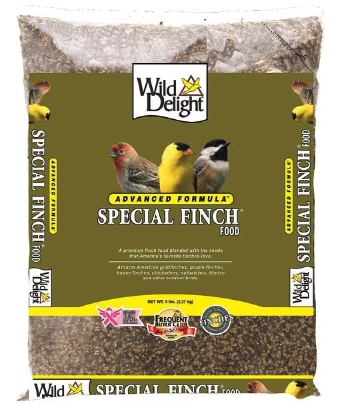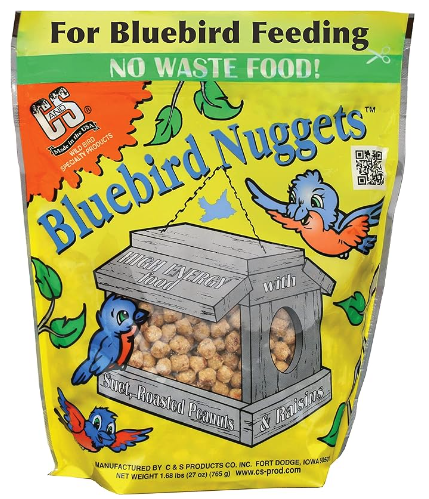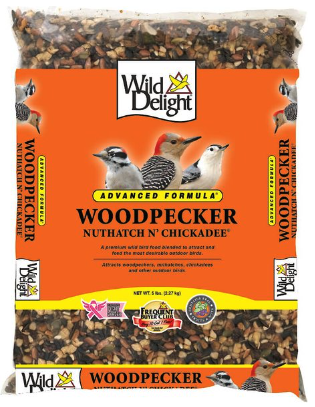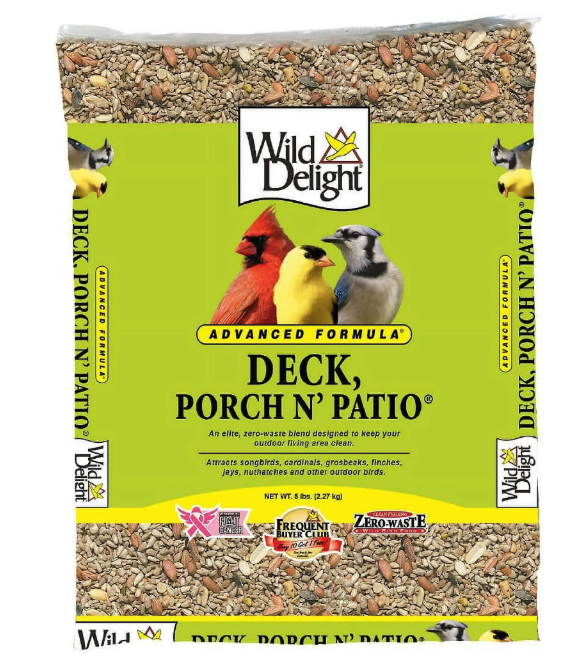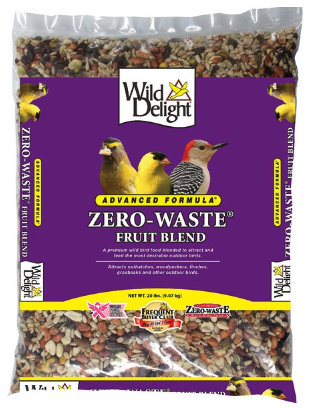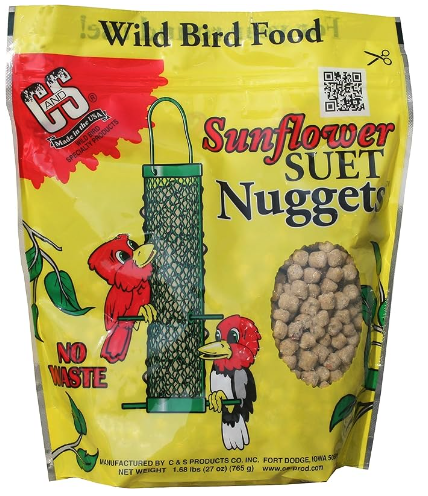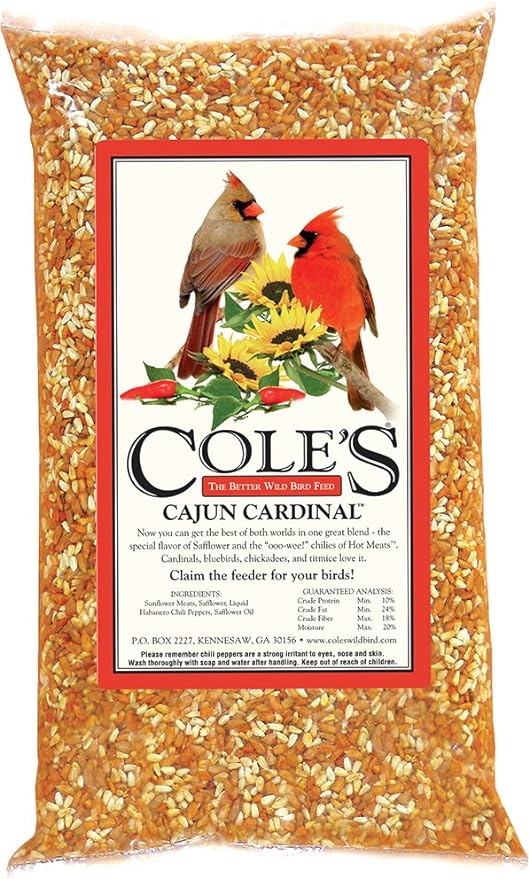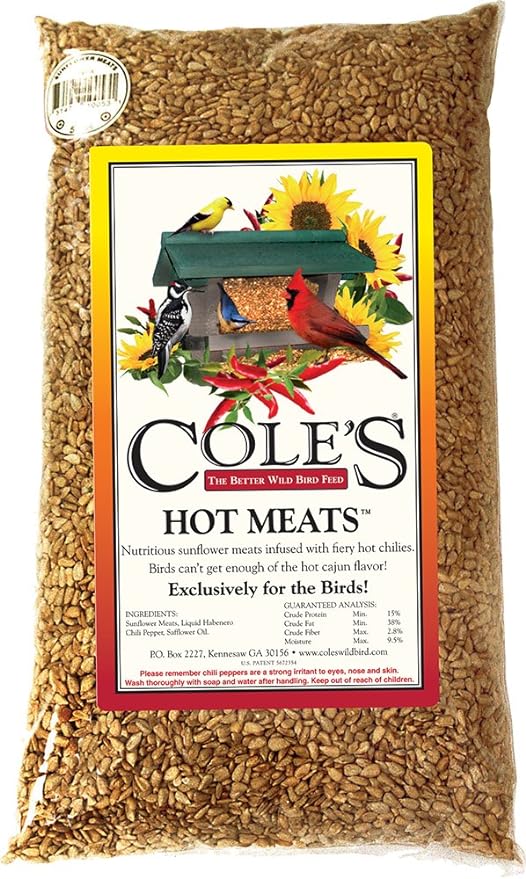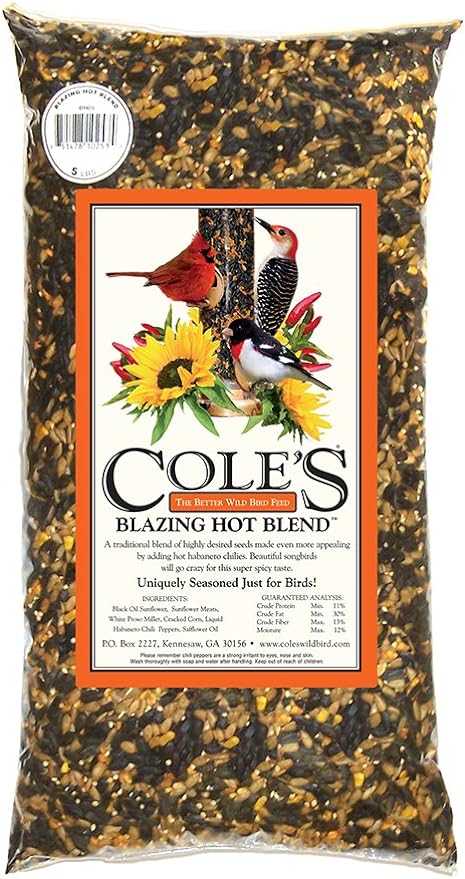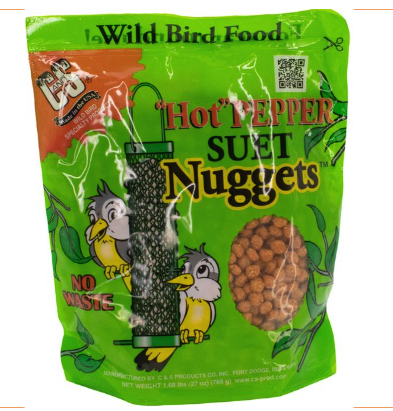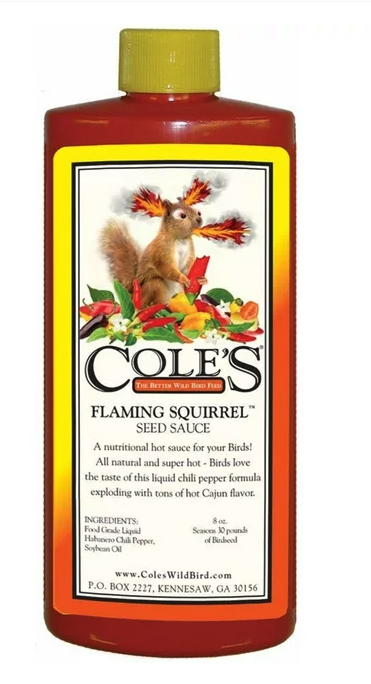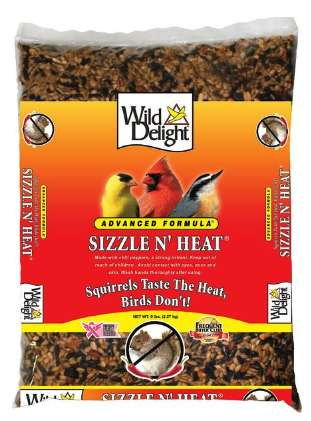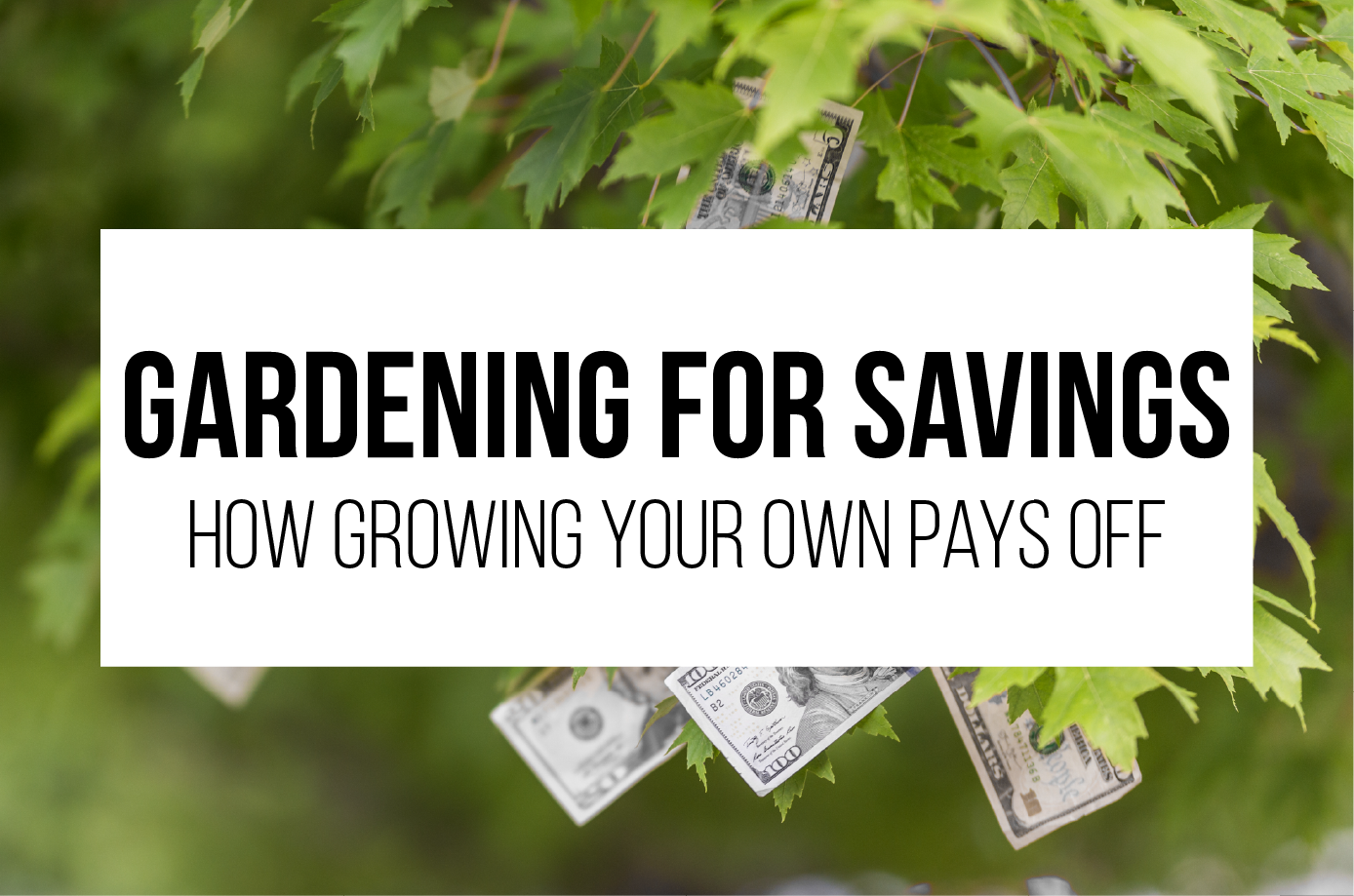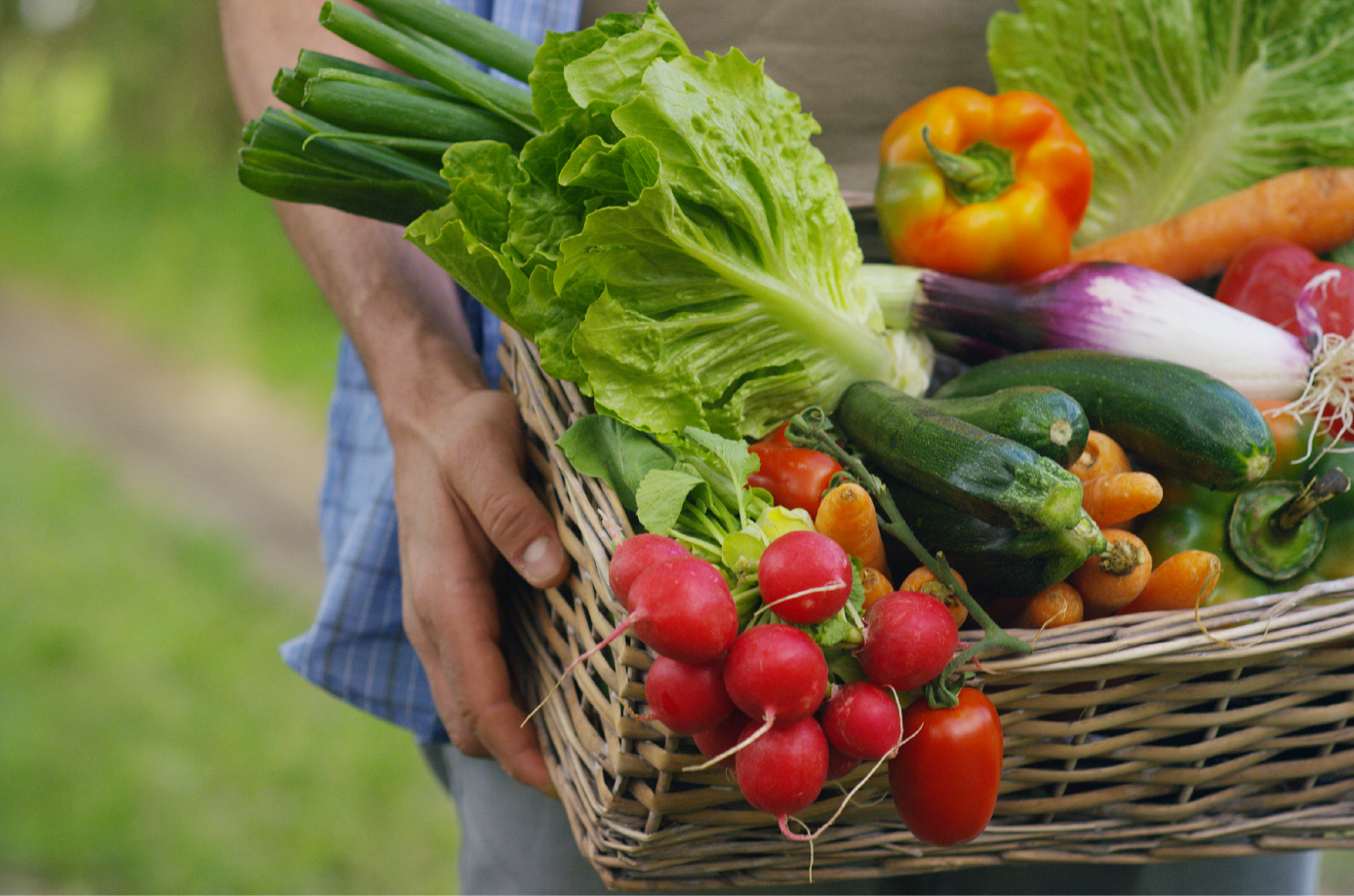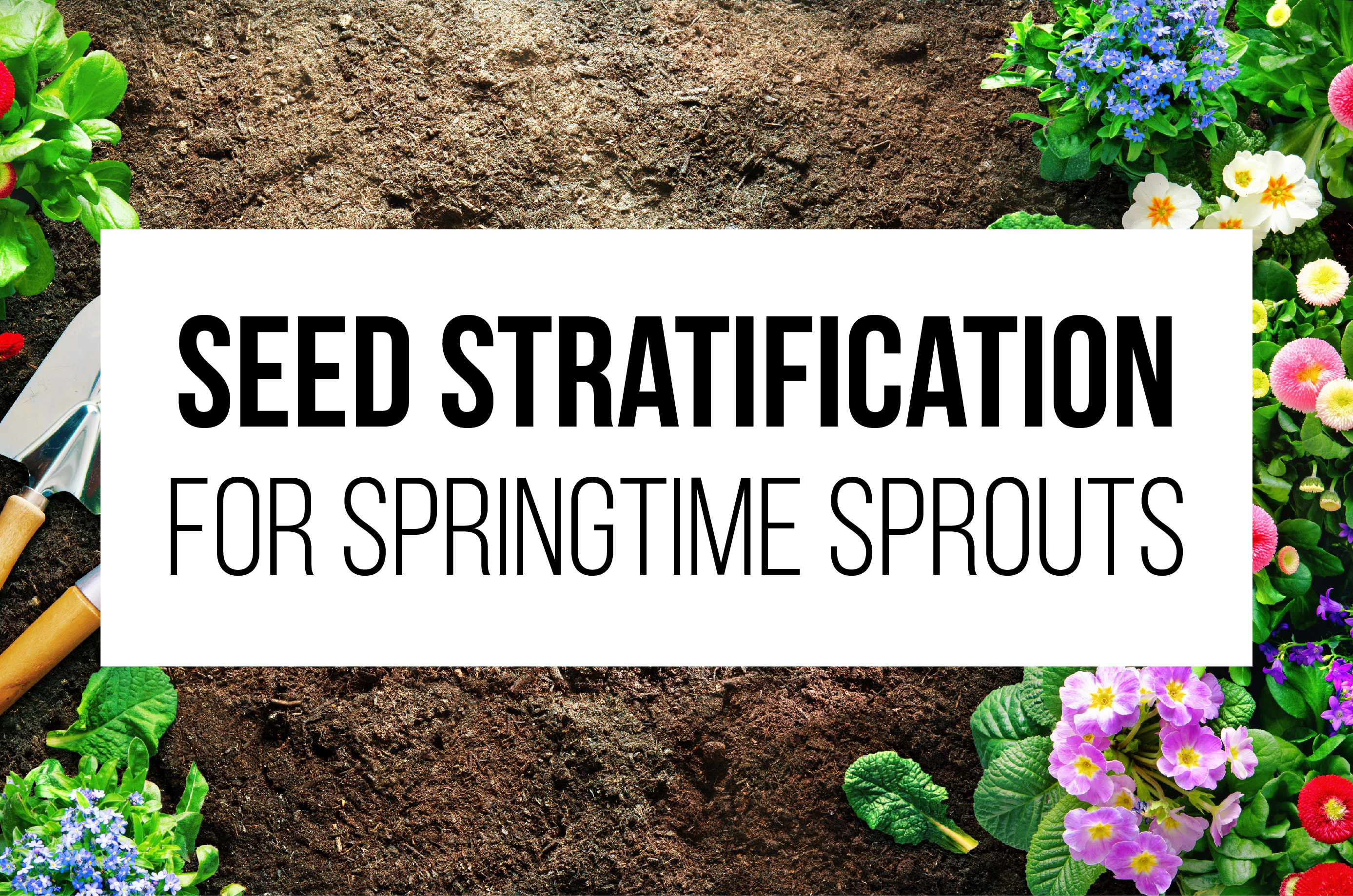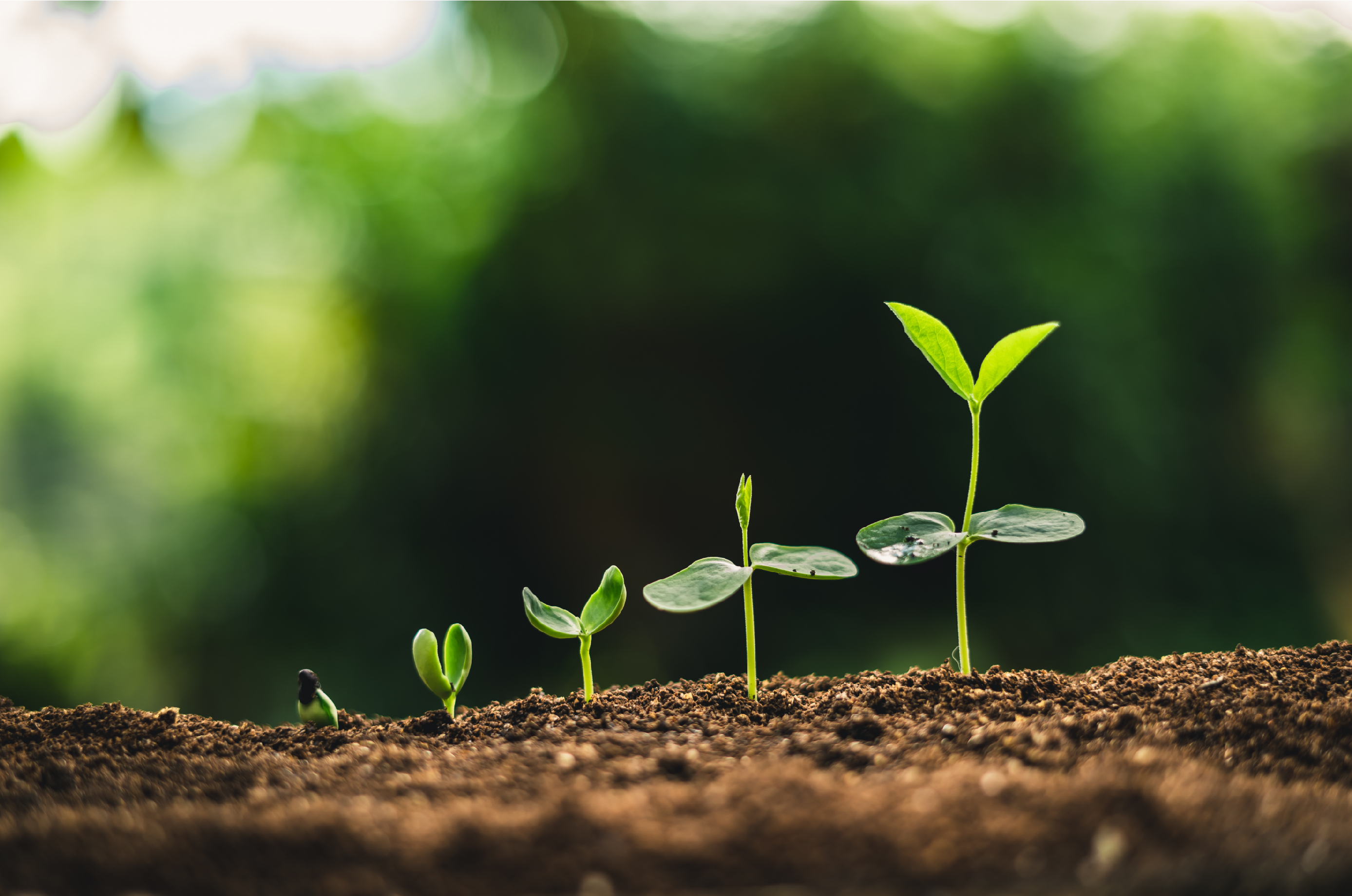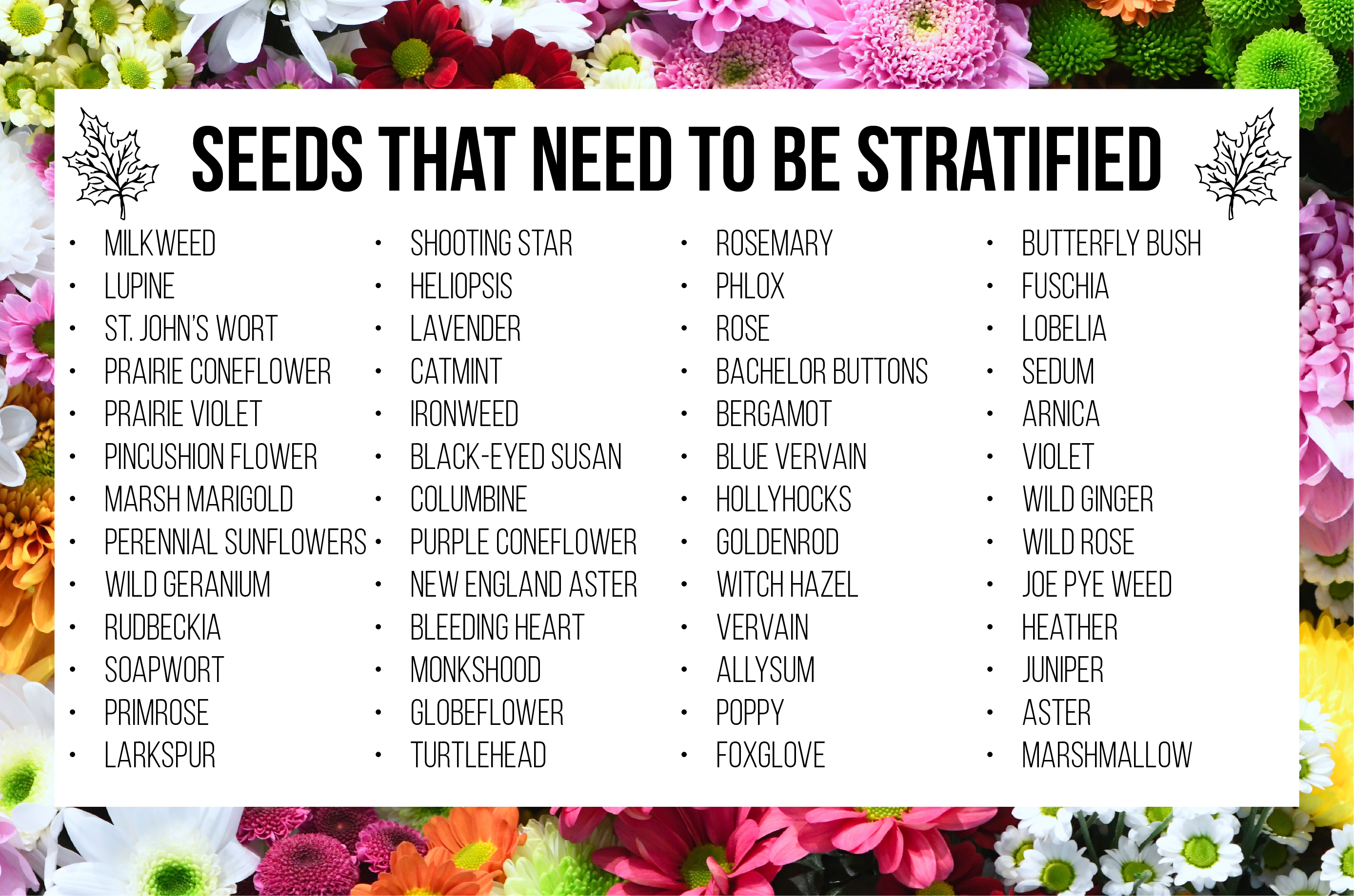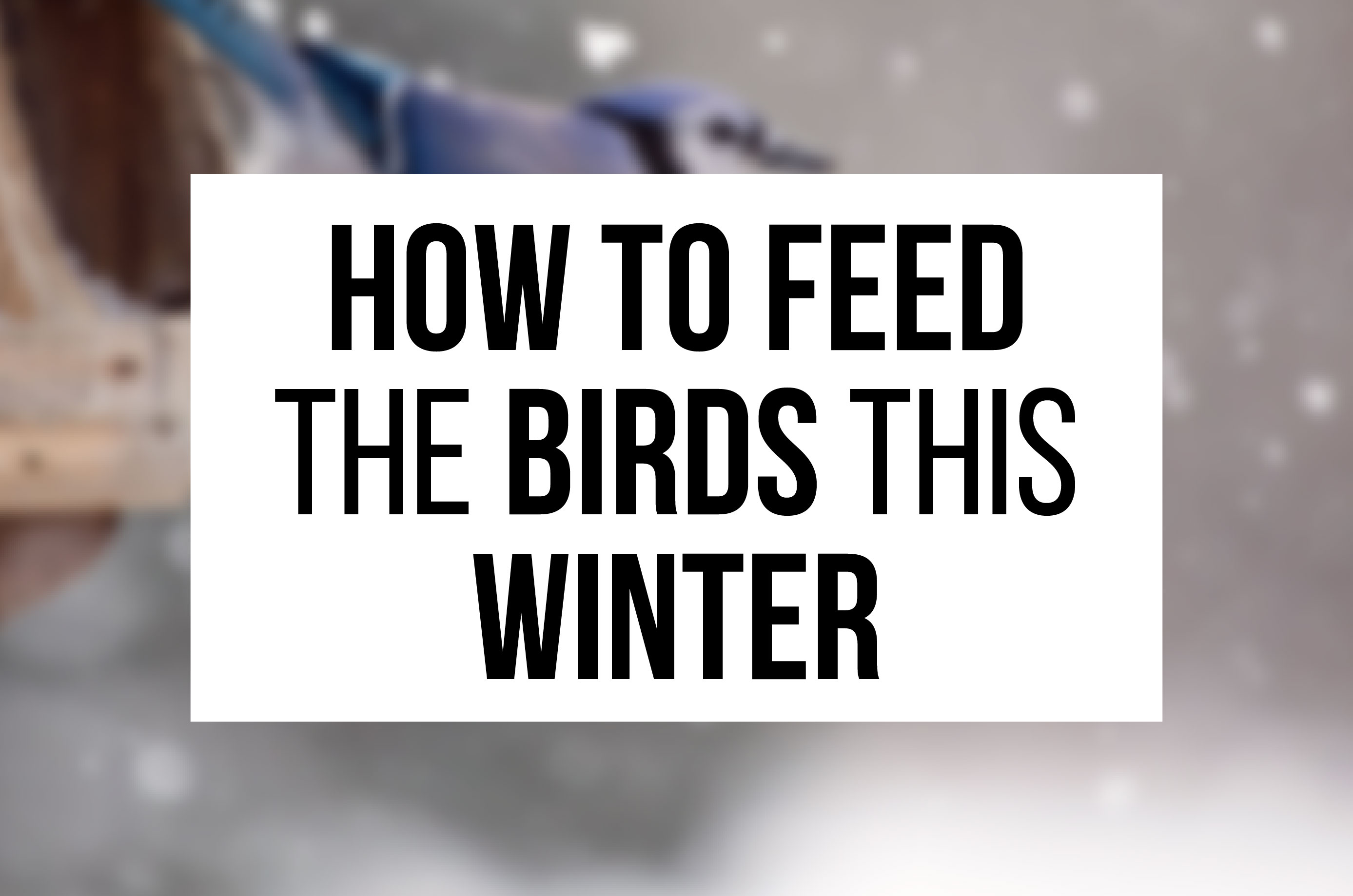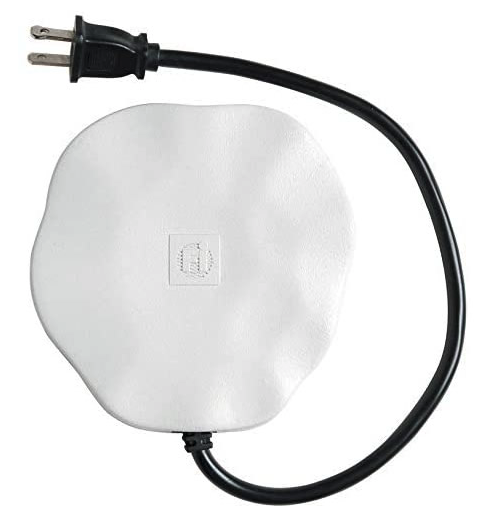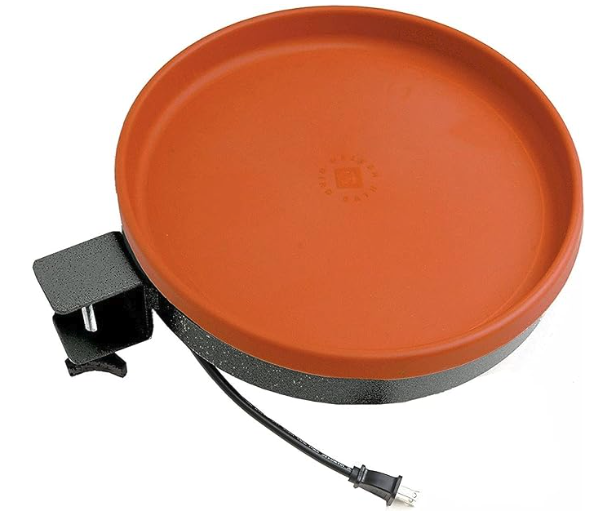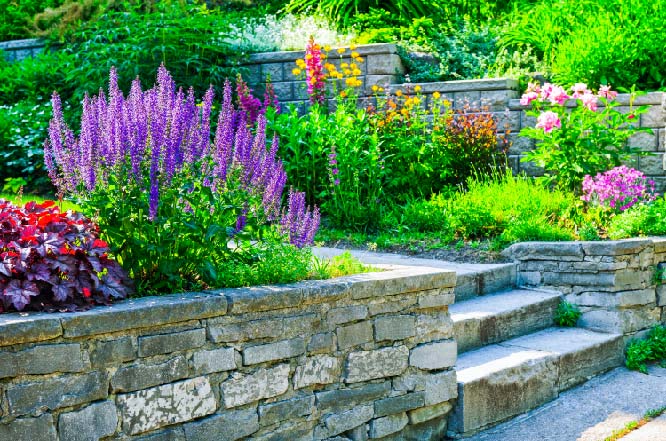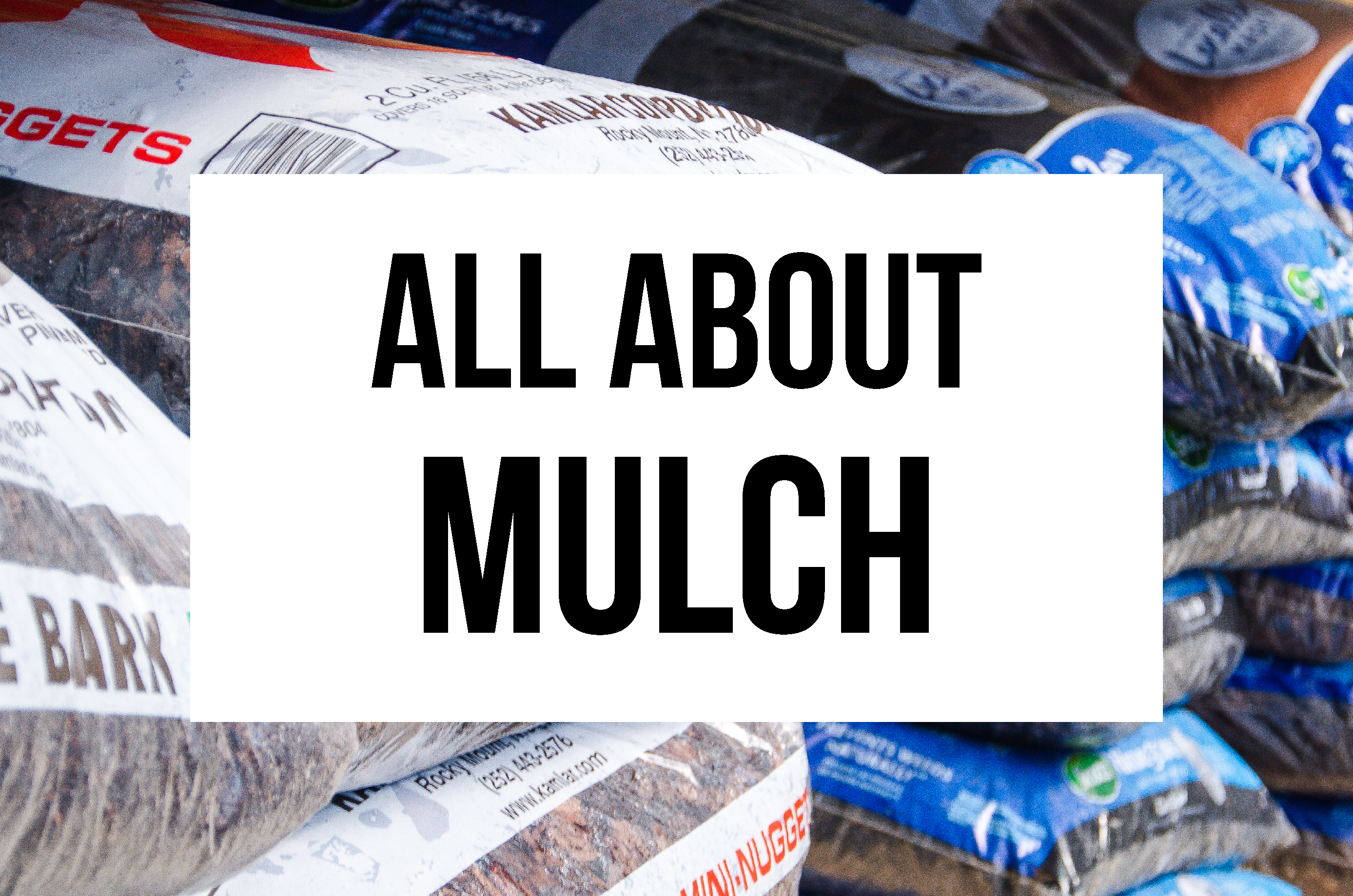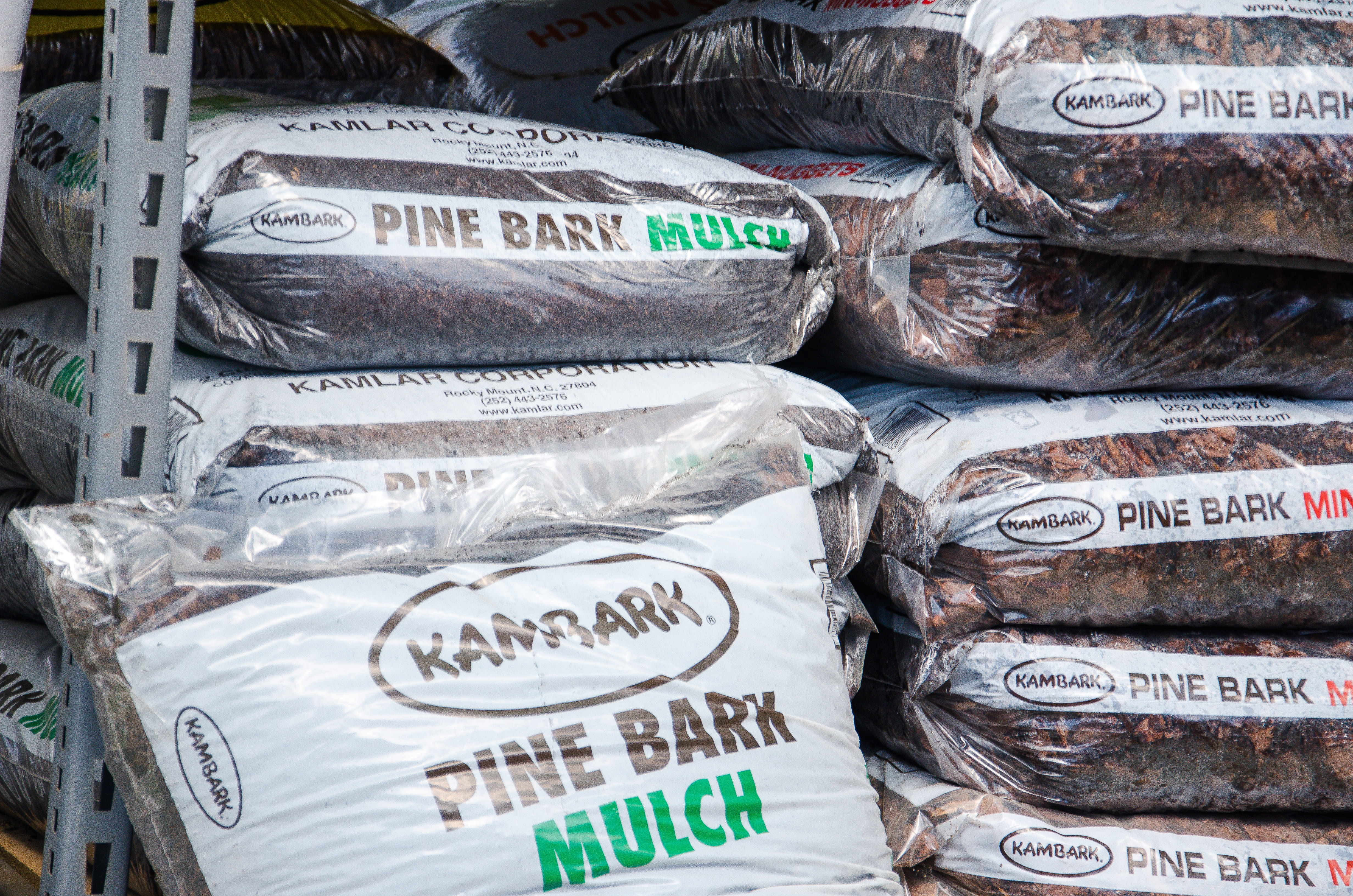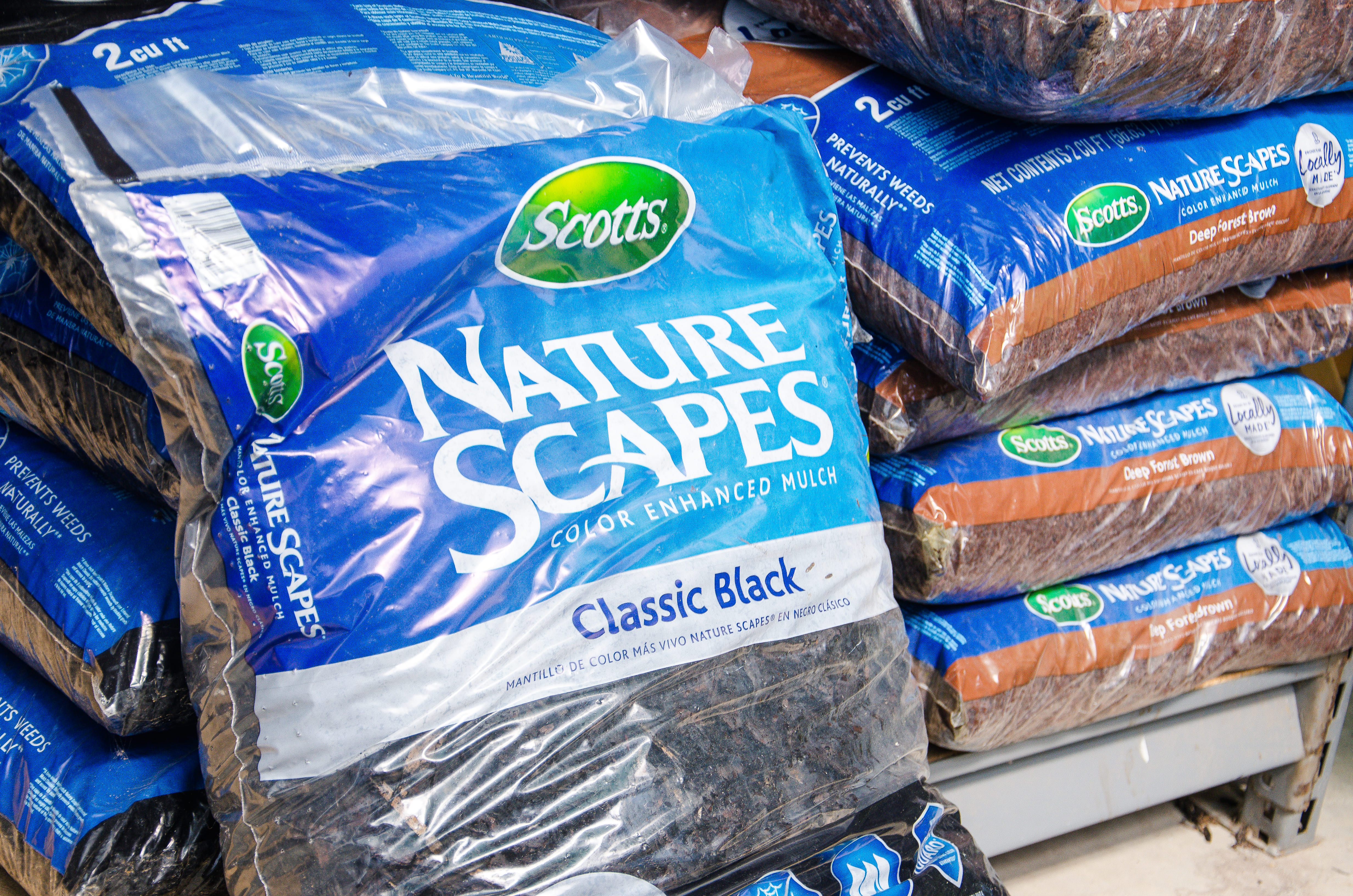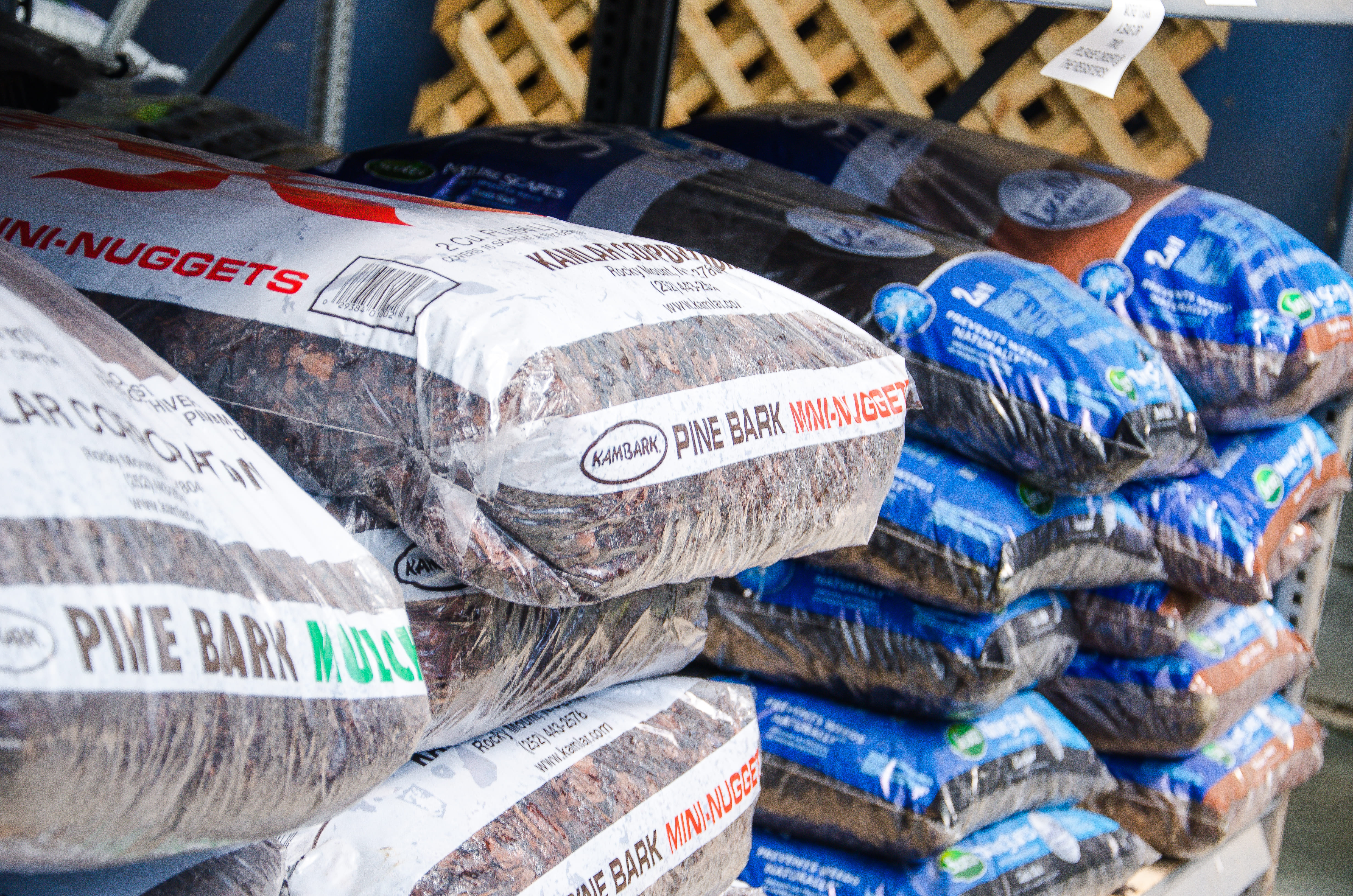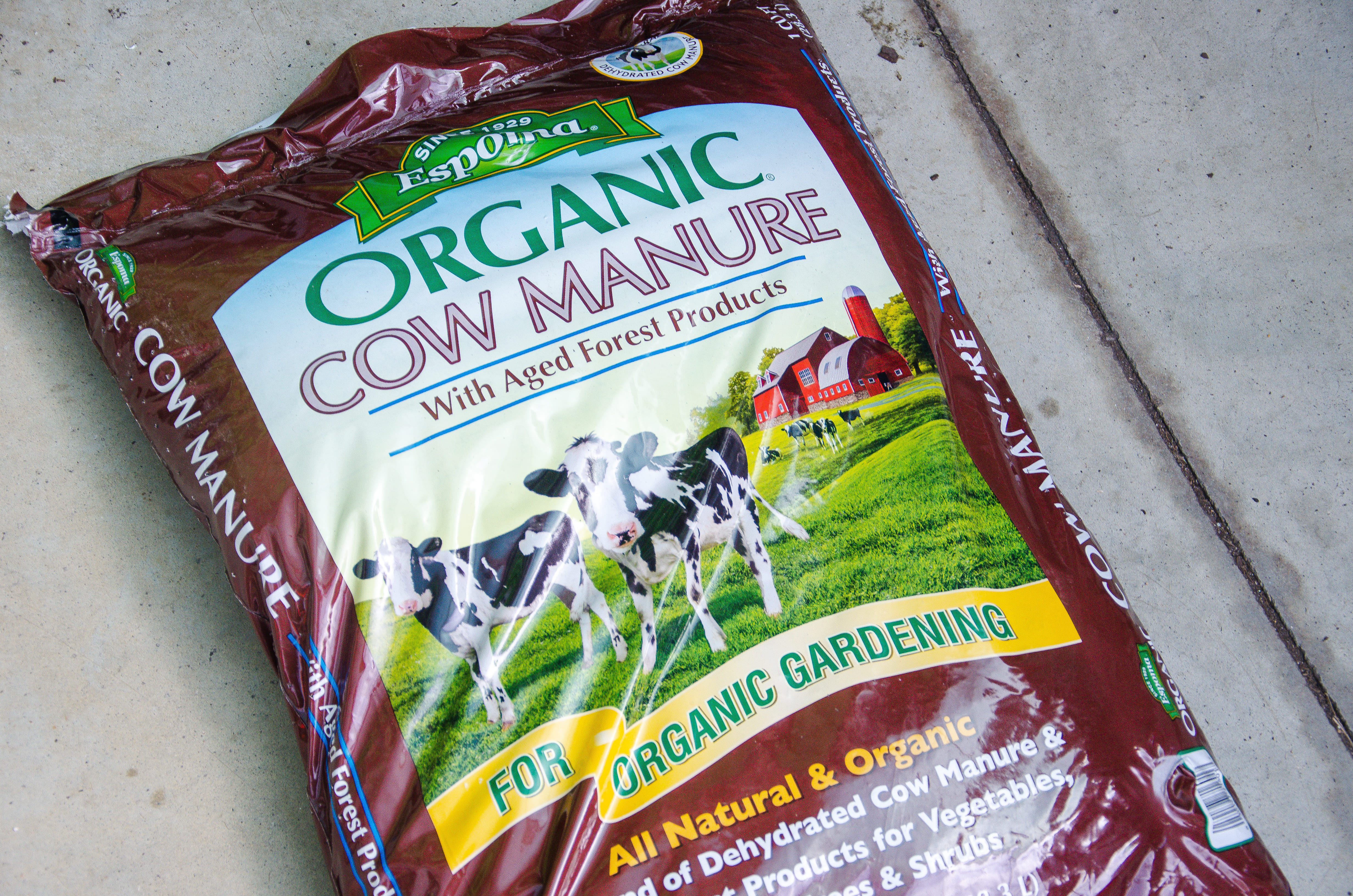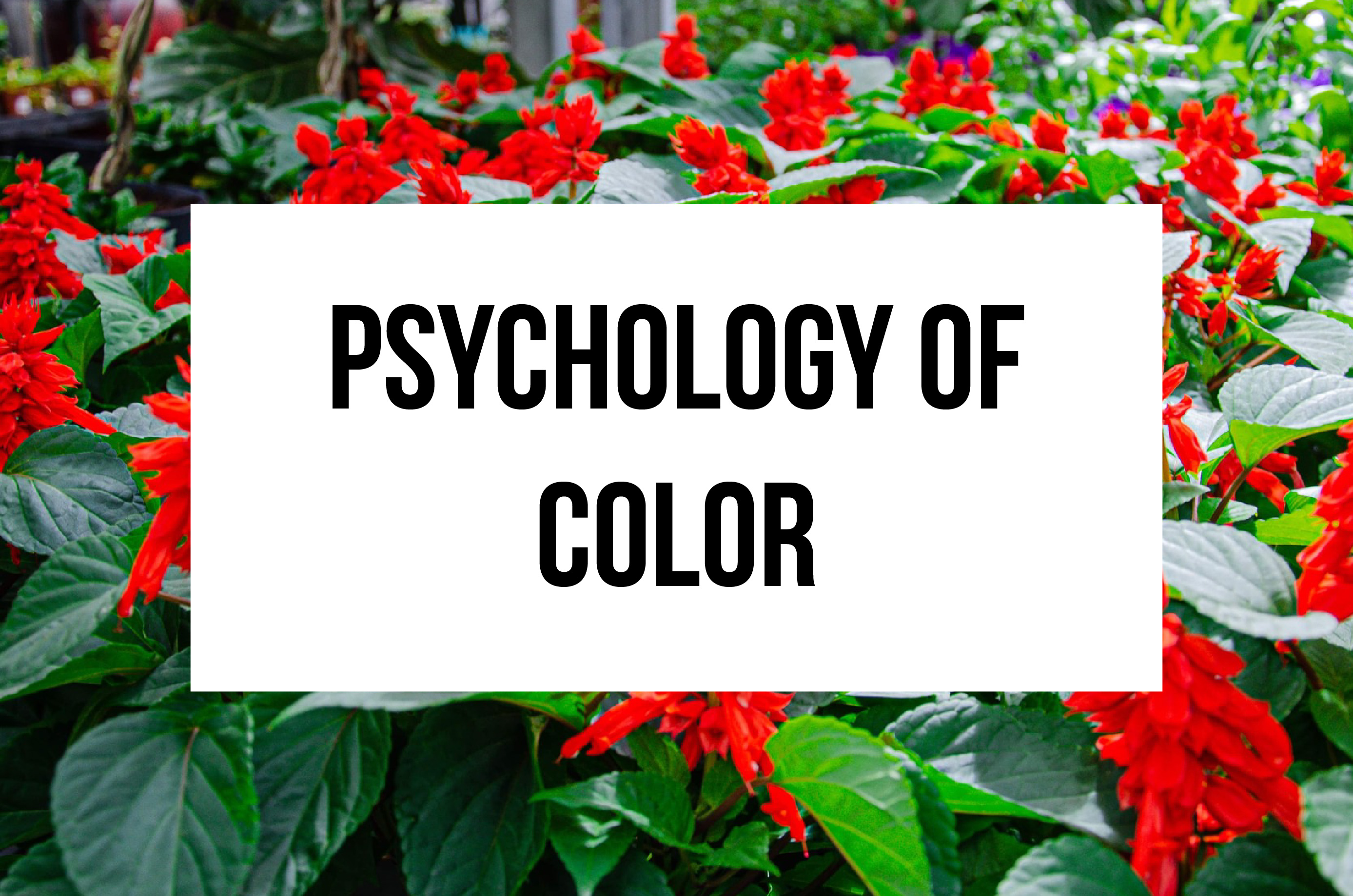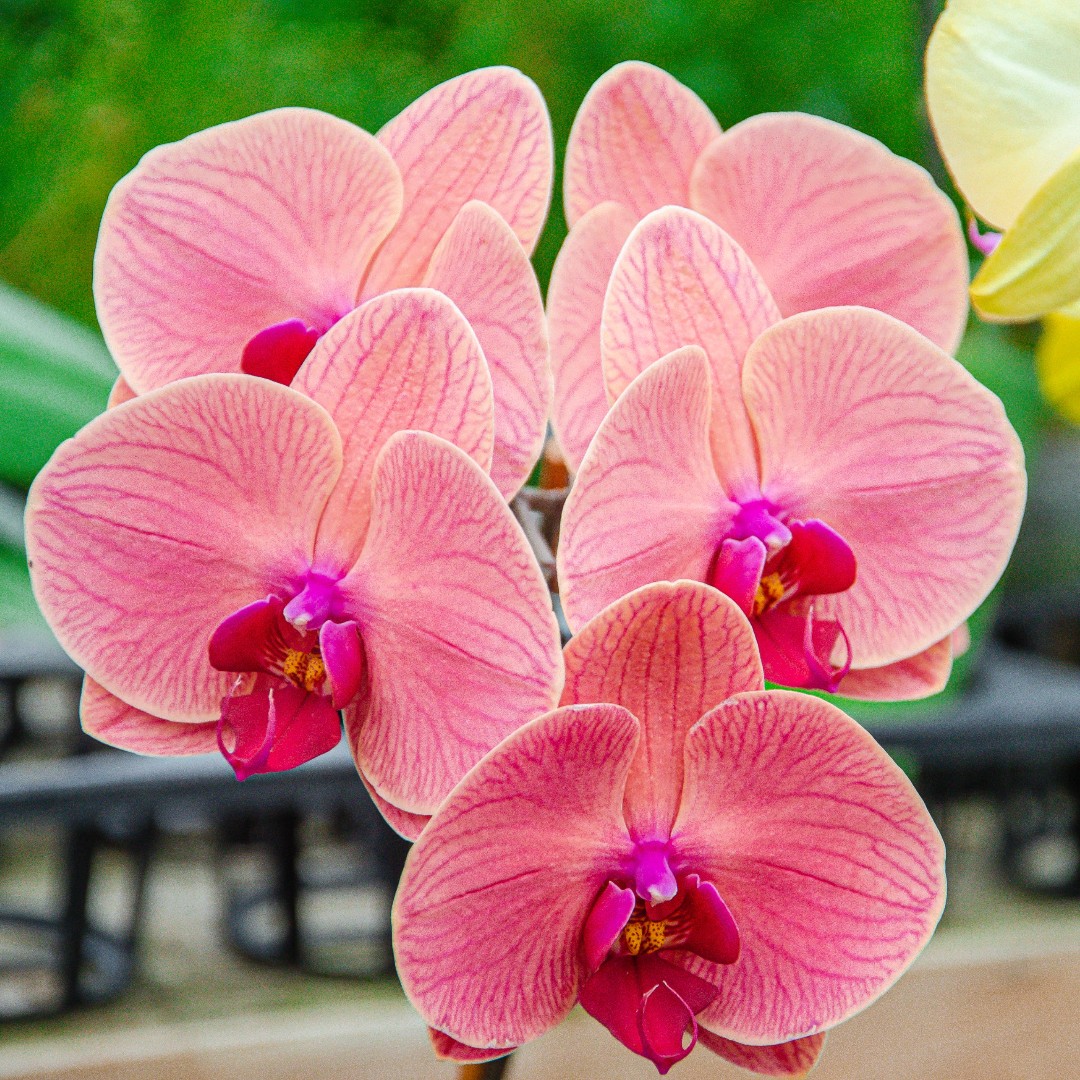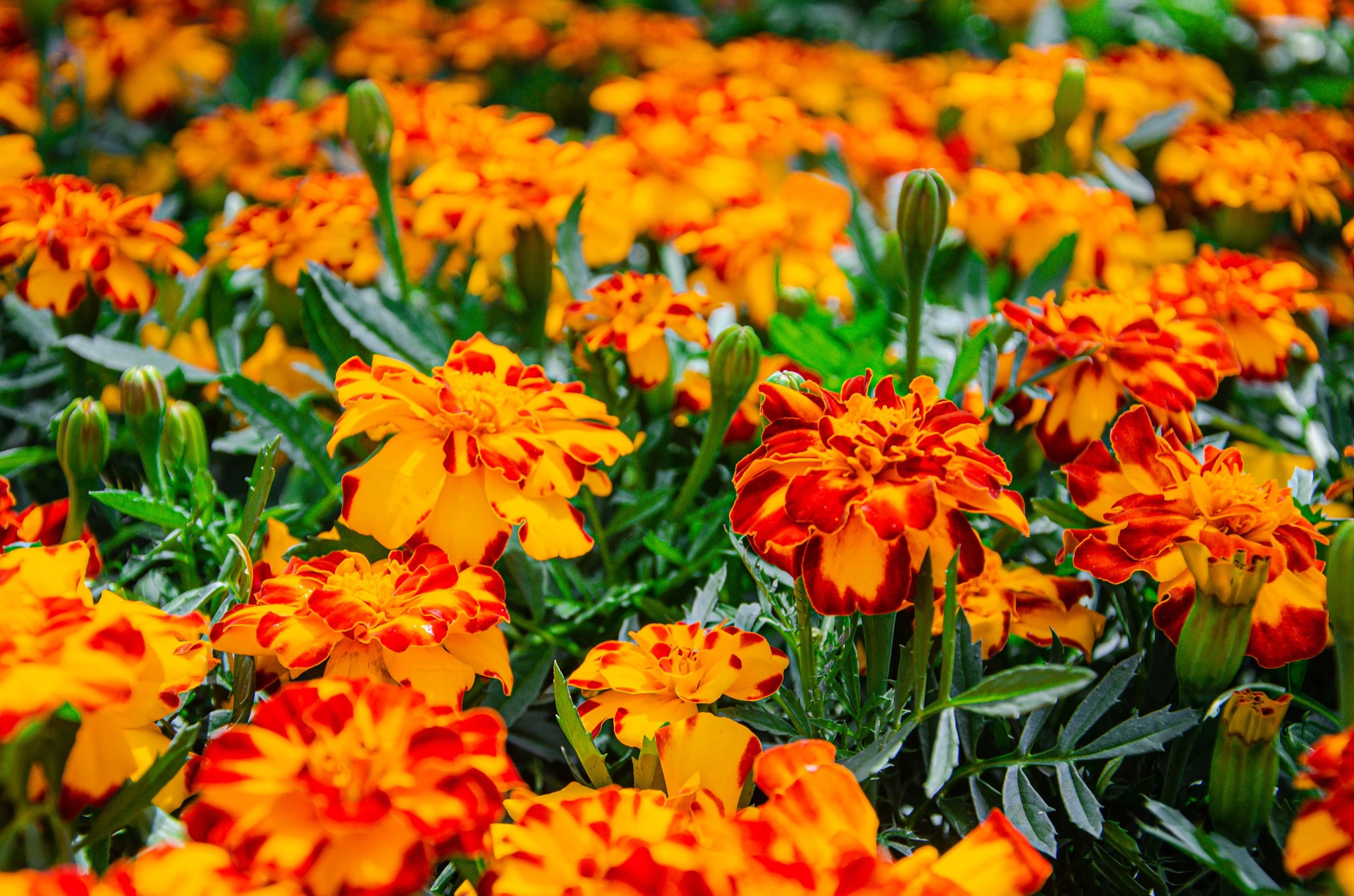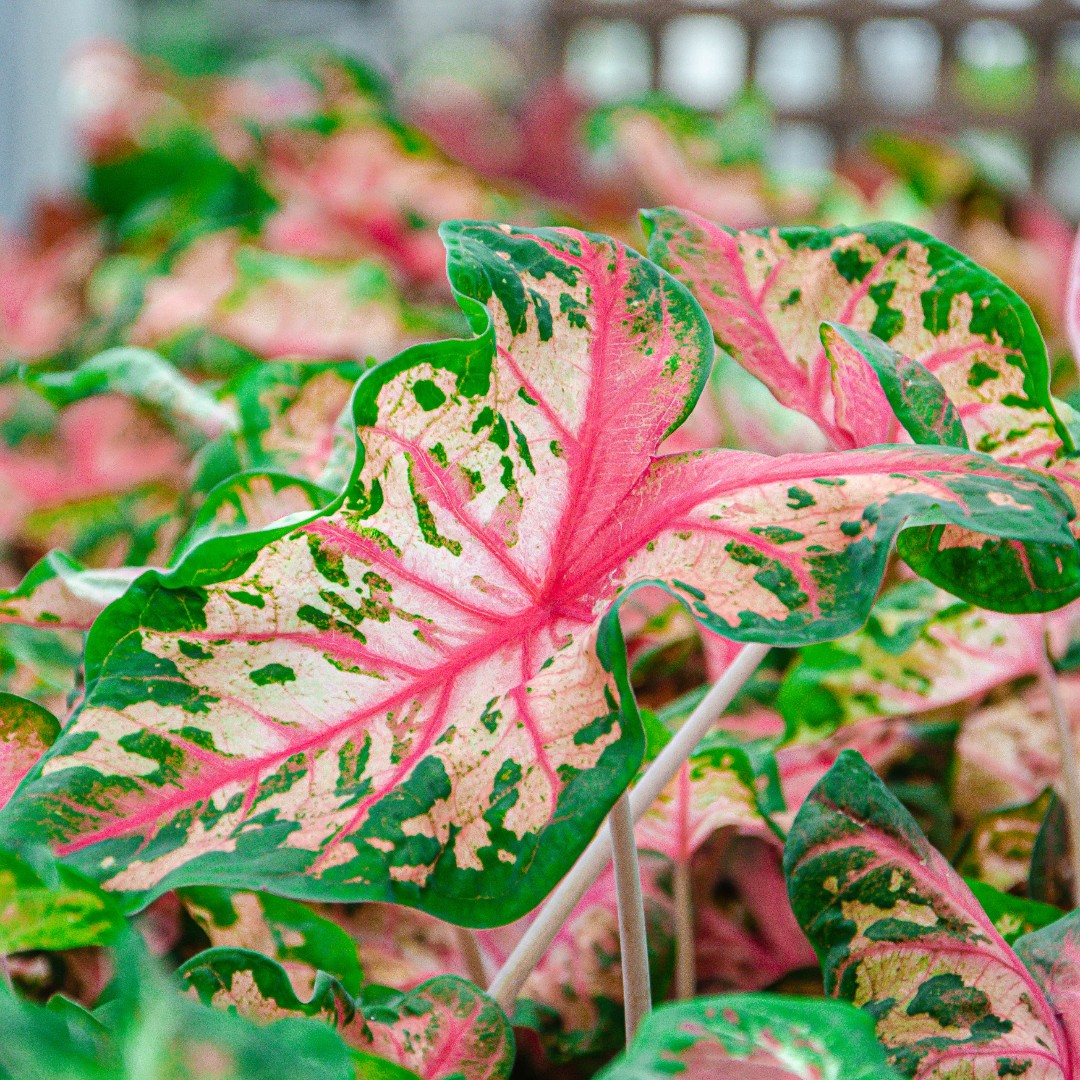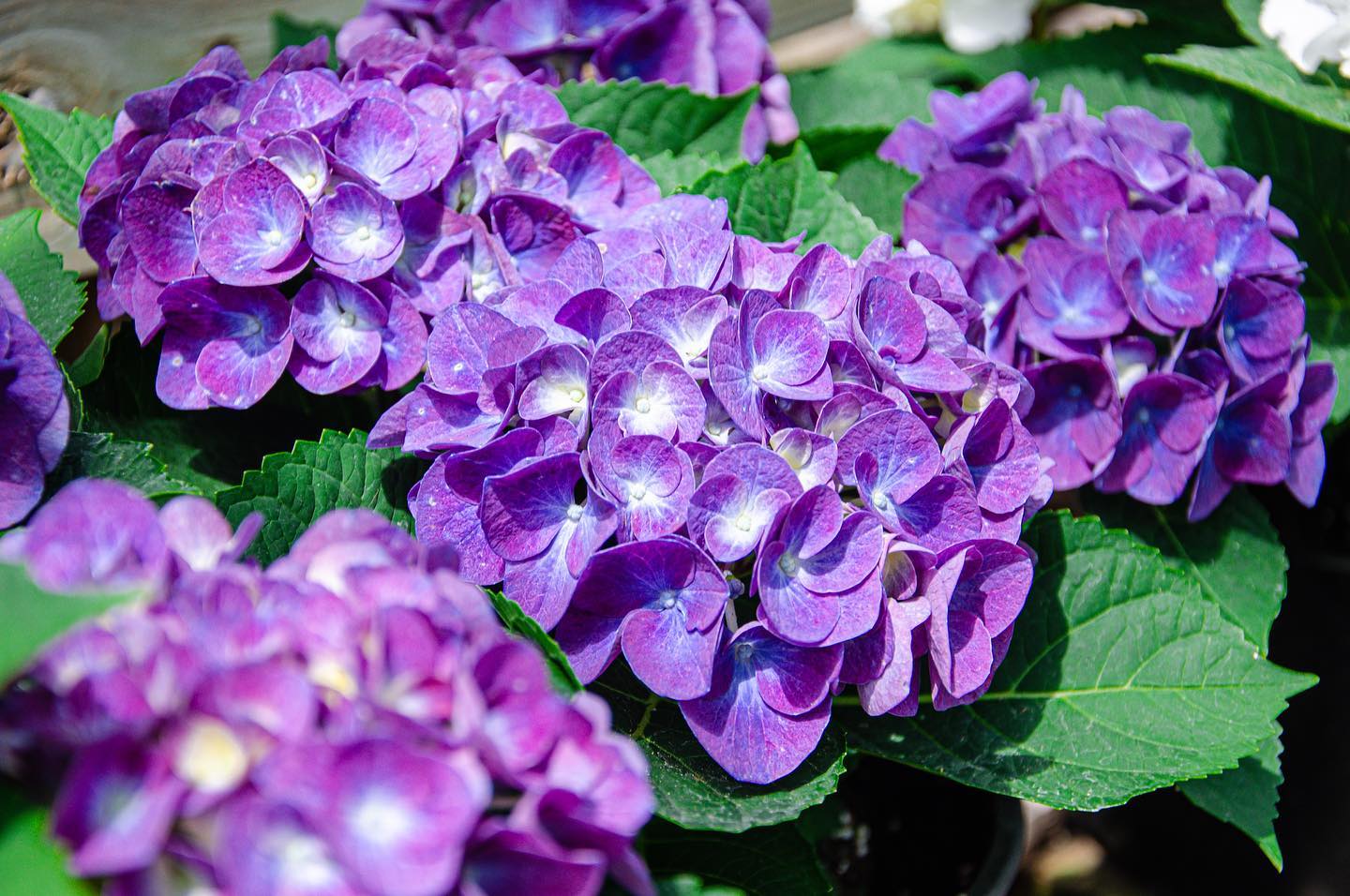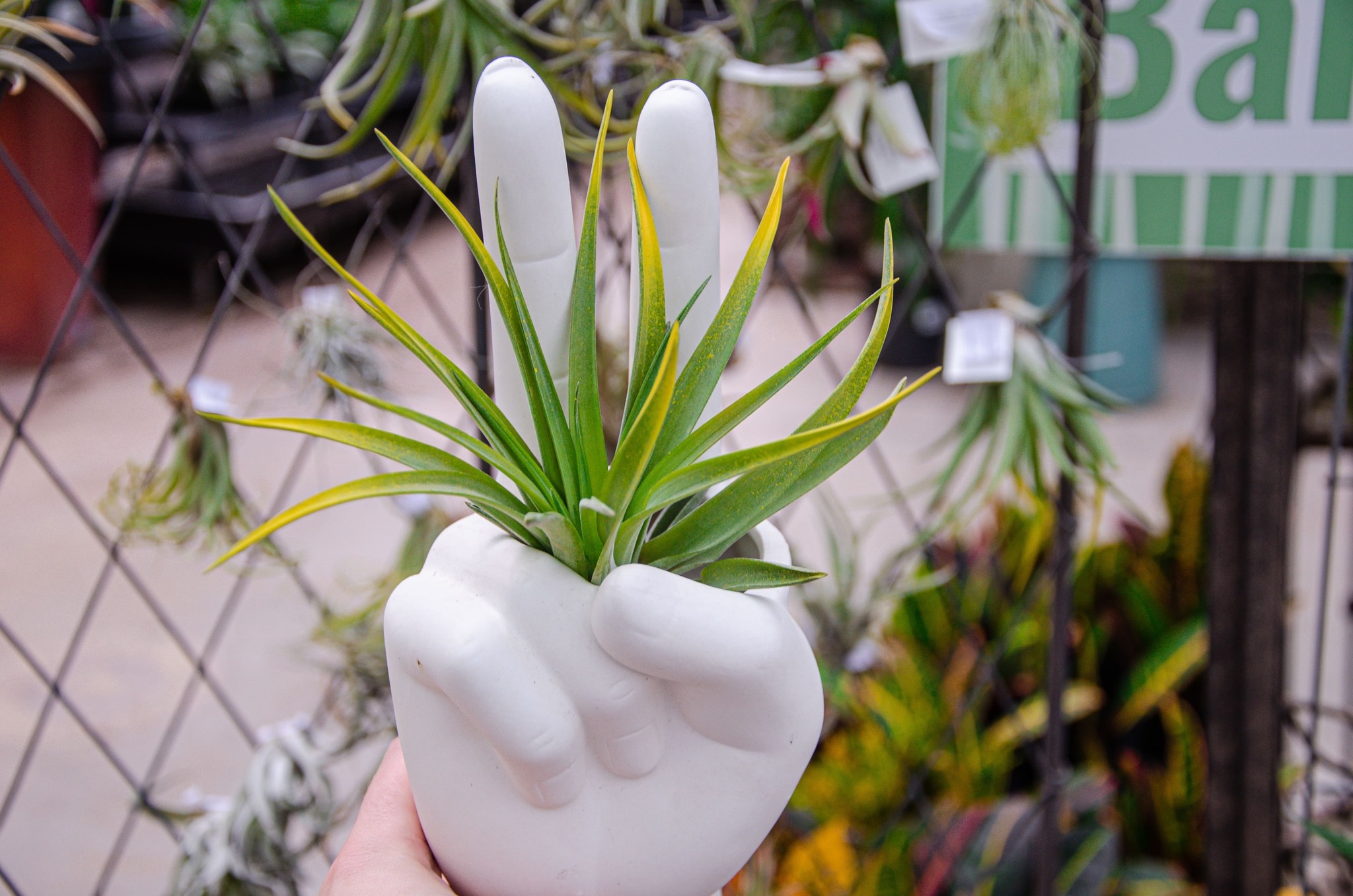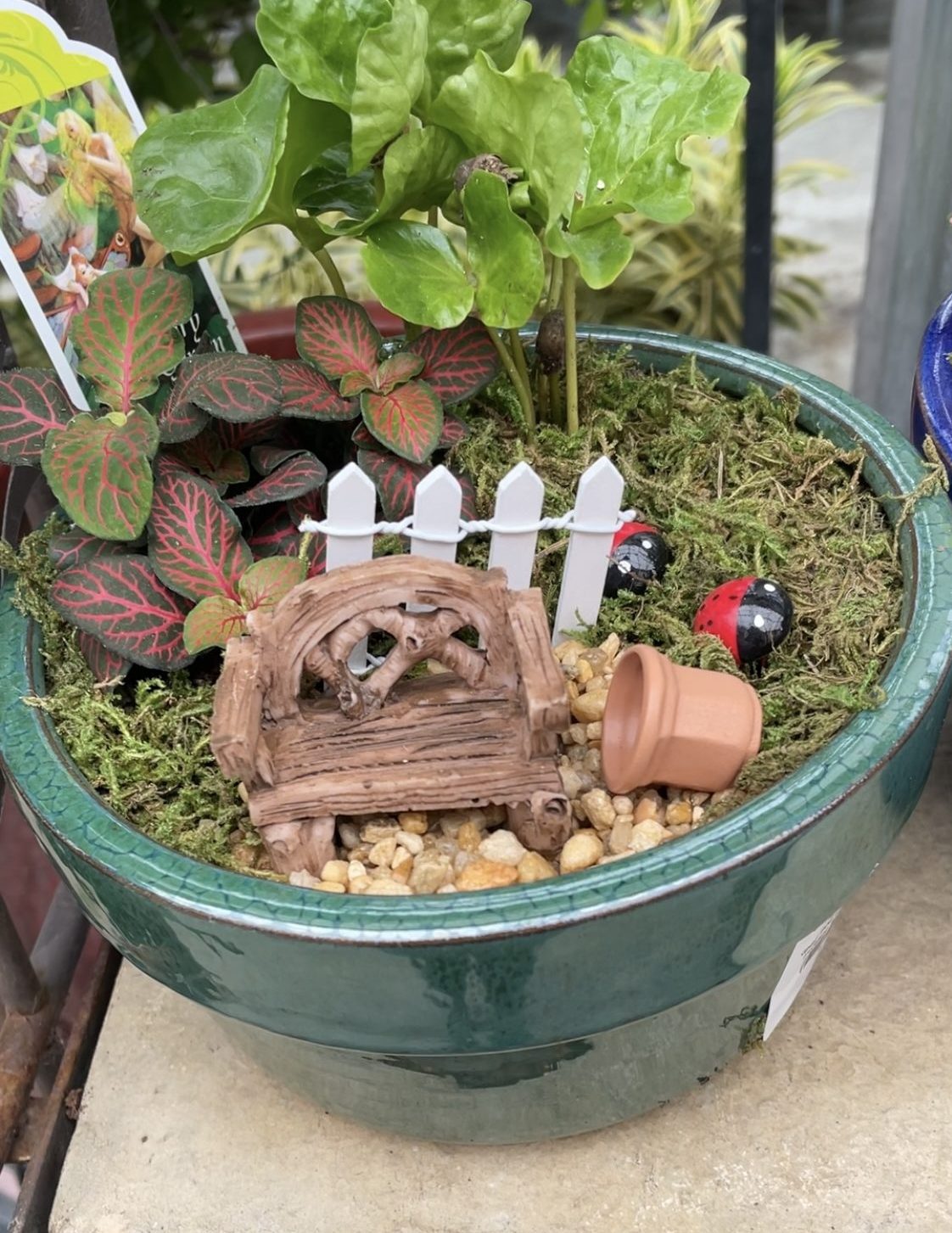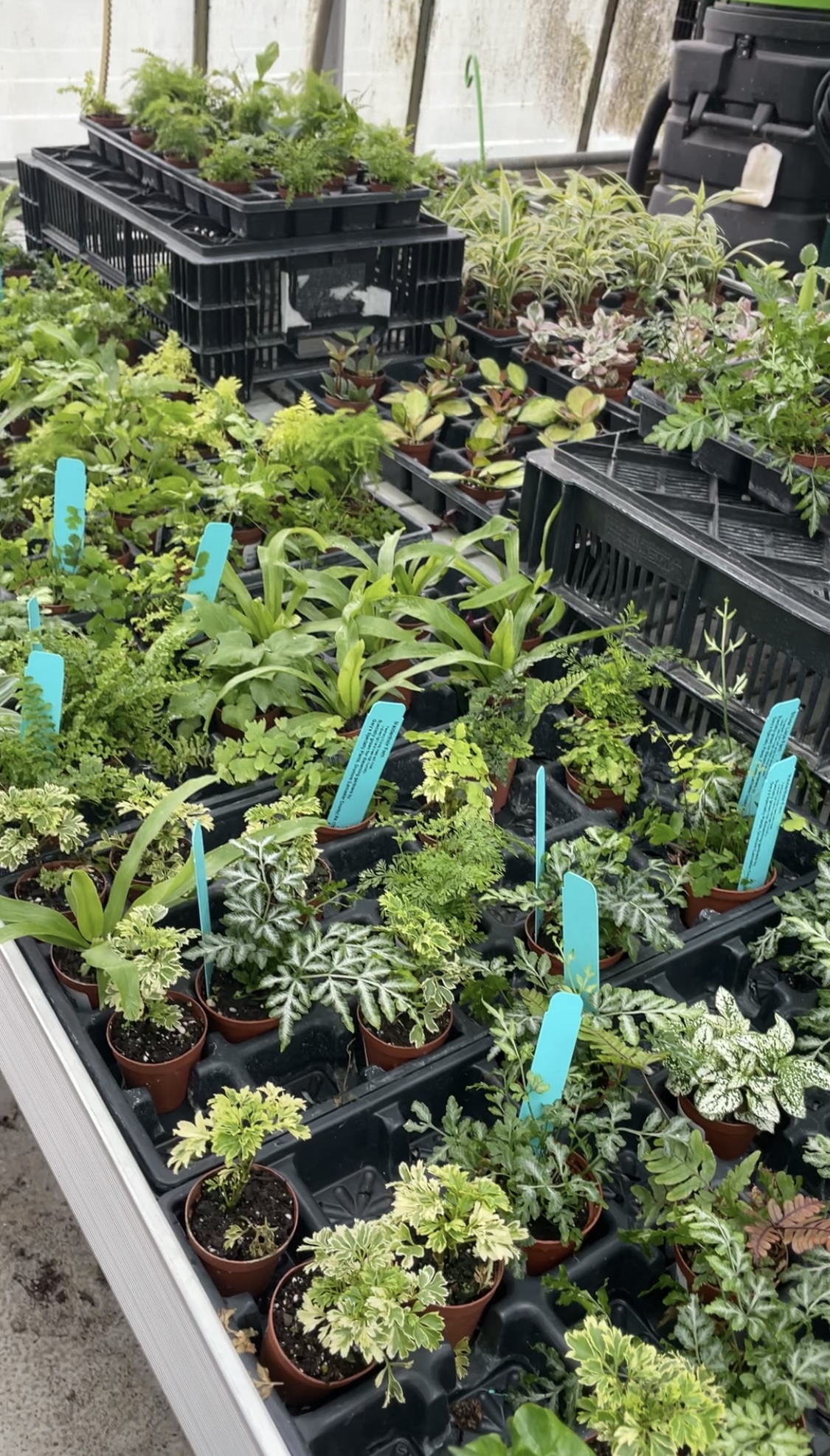Grow Your Own Bouquet: How to Plan a Cut Flower Garden
Comments Off on Grow Your Own Bouquet: How to Plan a Cut Flower GardenIntroduction
Dreaming of fresh flowers right outside your door? A cut flower garden is a beautiful way to bring color, fragrance, and joy to your home — from the garden to the vase. Whether you’re arranging blooms for your kitchen table or prepping petals for a special event, a little planning goes a long way. Here’s how to grow your own fresh bouquets all season long with a cut flower garden!
Start with What You Love
Before digging in, ask yourself: What kinds of flowers make you smile? Do you want show-stopping stems for arrangements, soft blooms for crafts, or a rainbow of color just because? Consider how you’ll use the flowers—some, like zinnias and cosmos, bloom continuously and are perfect for frequent picking. Others, like peonies or lilies, make a big impact for short bursts of time. If allergies are a concern, look for pollen-less varieties or scent-free blooms.
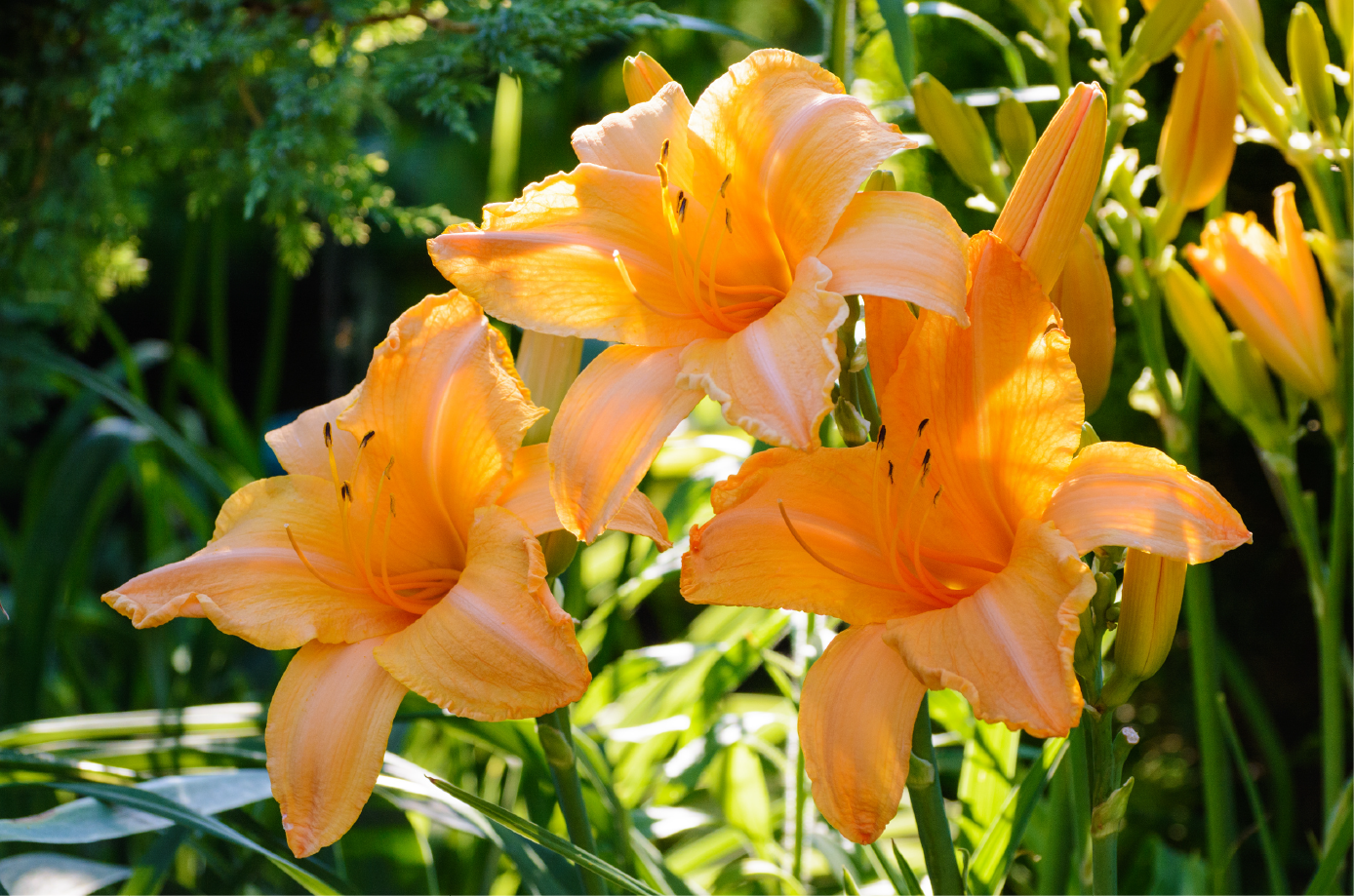
Flower Favorites for Zone 7
Here are just a few options that thrive in Zone 7:
-
Perennials: Roses*, lavender*, peonies*, lilies*, coneflowers, carnations, gardenia*, columbine
-
Annuals: Zinnias, cosmos, sunflowers, marigolds, sweet peas*, bachelor’s buttons
-
Biennials: Hollyhock, foxglove(* = Sweet scent!)
Mix textures, heights, and bloom times for a garden that evolves beautifully from spring through fall.
Make a Cut Flower Garden Plan
Once you’ve chosen your flowers, sketch a simple layout. Place taller varieties like sunflowers in the back, mid-height plants like snapdragons in the middle, and shorter ones like marigolds up front. A mix of focal flowers, filler blooms, and foliage (think eucalyptus or Queen Anne’s lace) gives your bouquets depth and dimension.
No yard? No problem. You can tuck flowers into veggie beds, pots, or along a sunny sidewalk.
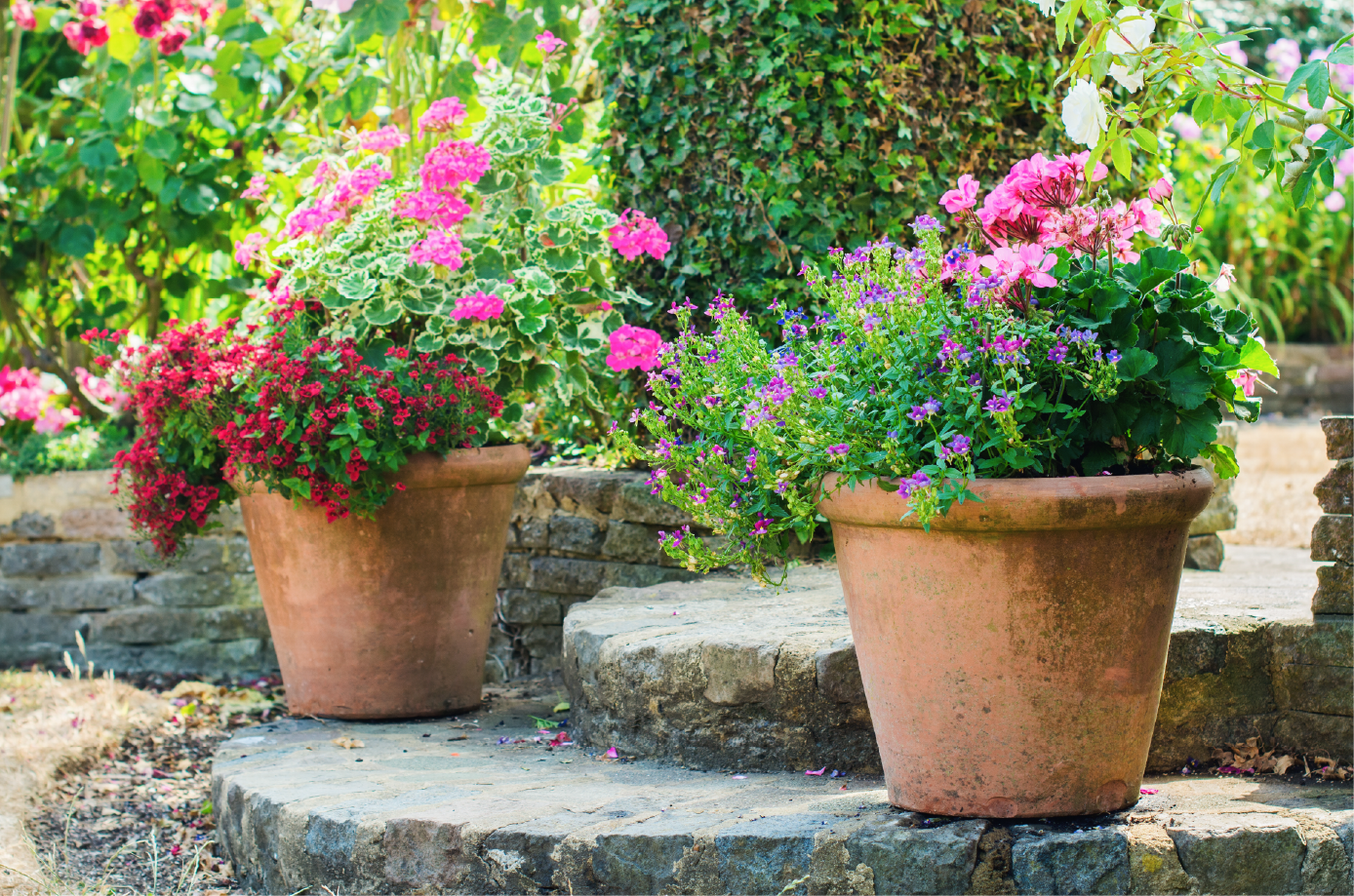
Prepare the Soil
Healthy soil = happy flowers. Loamy, well-draining soil is ideal. Raised beds help with drainage, but mounded rows work too. Layer compost thickly (6–12 inches) over cardboard to suppress weeds and build fertility. Bonus tip: ingredients like compost, peat moss, kelp, and even alpaca poop can boost your soil’s health.
Care and Cutting Tips
-
Pinch early: For bushier plants like zinnias, pinch them when they reach 10–12 inches tall.
-
Deadhead often: Remove spent blooms weekly to encourage more growth.
-
Harvest smart: Cut stems early in the morning or evening when they’re well hydrated, just before blooms fully open.
Let some flowers go to seed at season’s end—you can save them for next year and keep the beauty blooming.
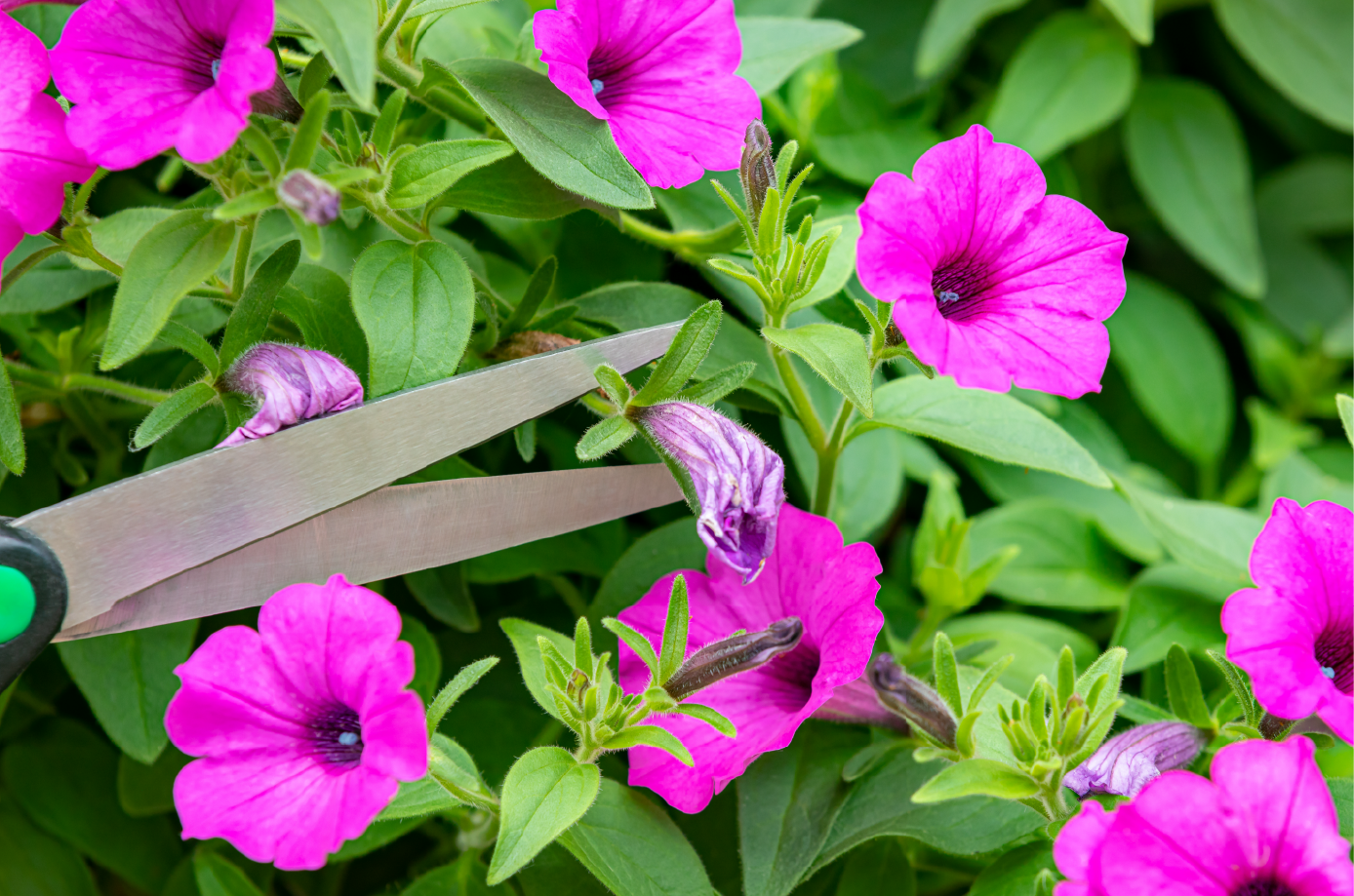
Conclusion
Growing your own cut flower garden is easier than you think—and endlessly rewarding. With a little planning and a lot of love, you’ll be surrounded by blooms that brighten your home and feed your soul. So grab your gloves and get planting—your perfect bouquet is waiting to grow!
If you have any questions that weren’t answered or need more information, feel free to stop by and see us at either the Broad St. or Mechanicsville location. You can also give us a call or drop us an email at info@stranges.com. We’re here to help you grow better!
Connect with Strange’s:
Instagram: @StrangesRVA Facebook: @Strange’s Florist
Mechanicsville: 804-321-2200 West Broad: 804-360-2800


